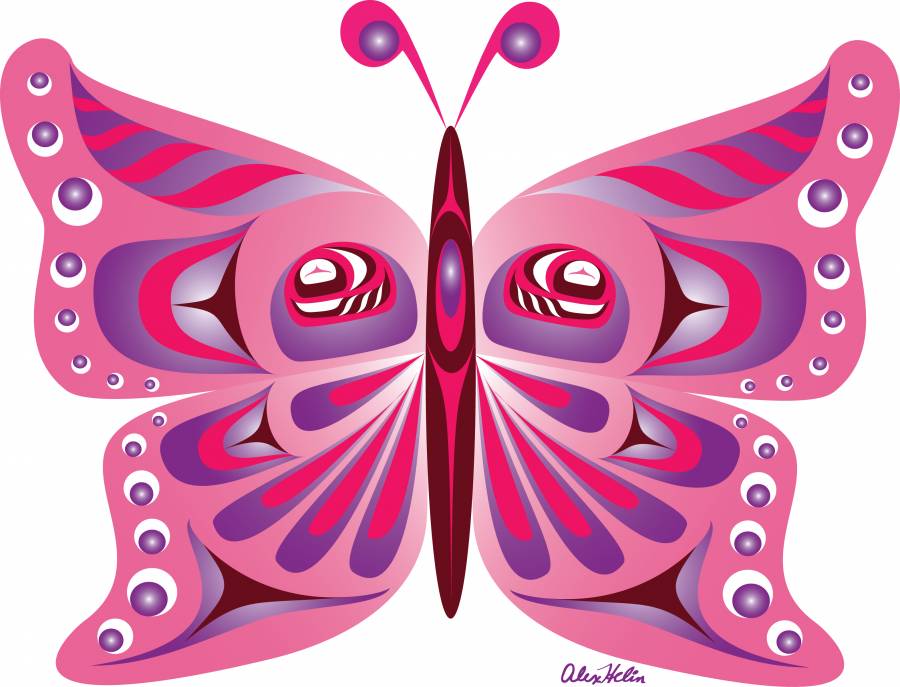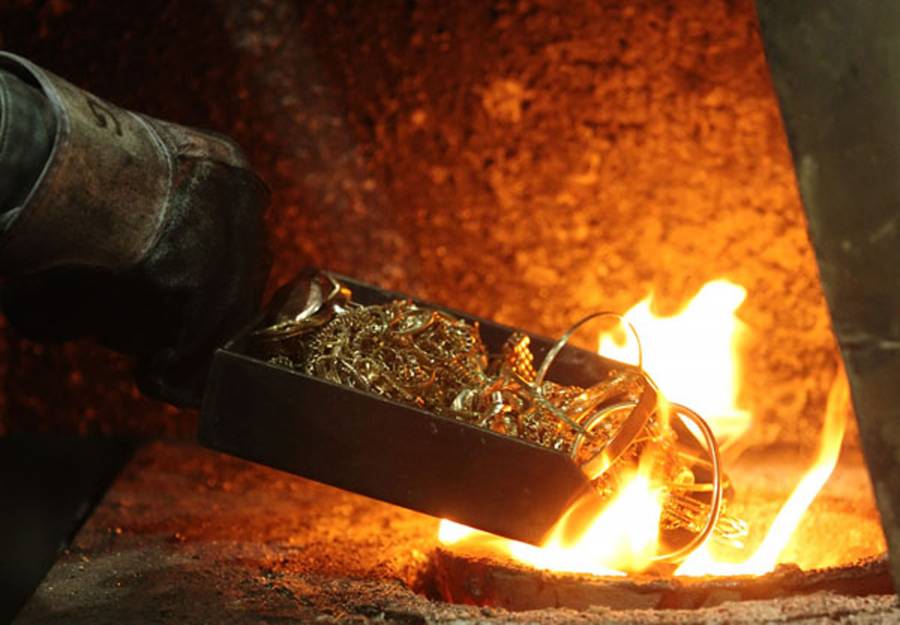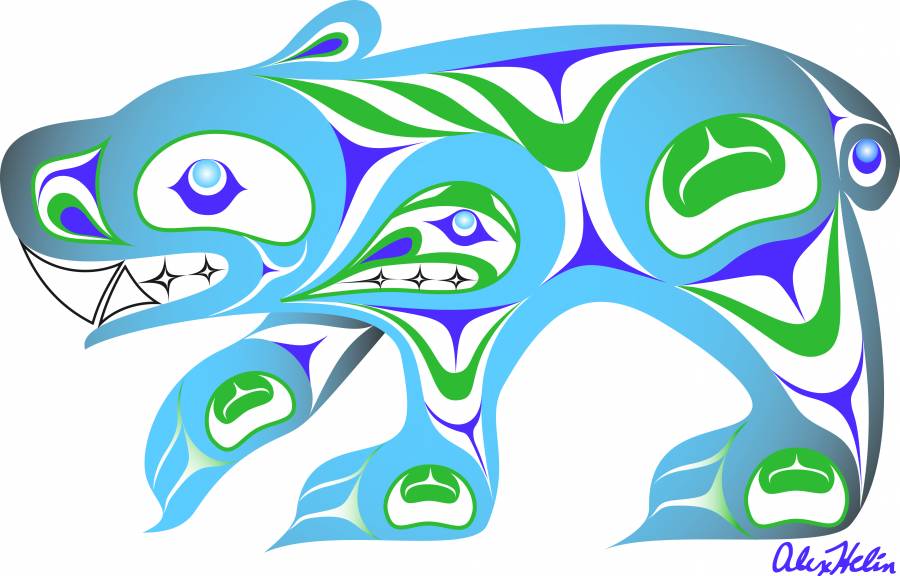Alex Helin - Ts'msyen Artist
Each Tsimshian animal has a unique traditional story and personality trait.
Raven (gaax)
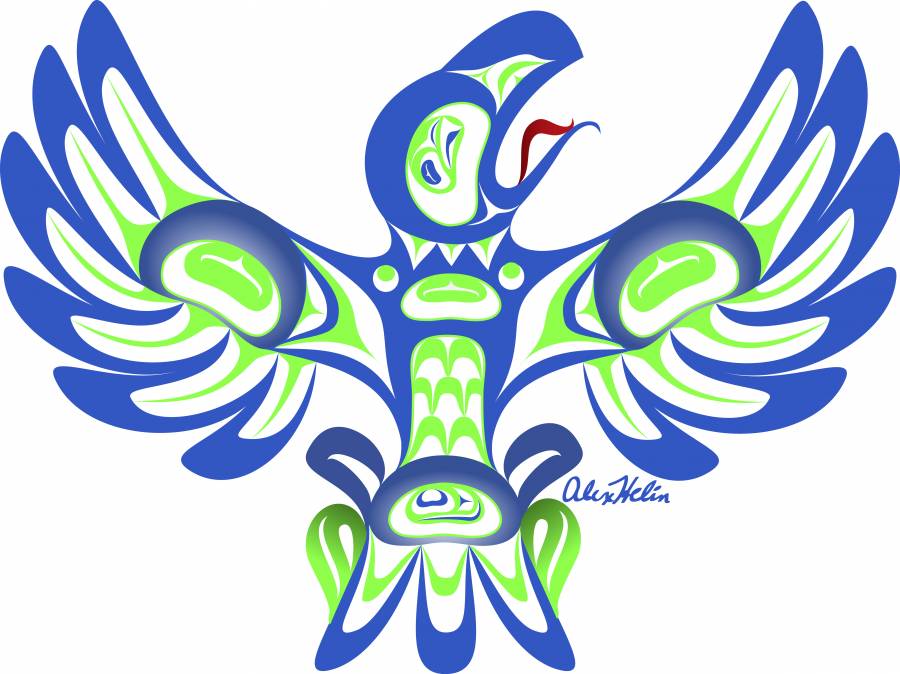
Teacher, trickster, mysterious traveler. In the beginning a beautiful white bird, his appetite was never ending. He is the first and main character of Tlingit and Tsimshian stories and traditions. As the Creator's assistant, he created all things that exist - with mysterious trickery. This mystical bird is a symbol of prestige - a cultural hero. The Raven is often given to tell someone you respect them, that they are your hero. The Raven is a great retirement gift, and an excellent gift for the boss, also a great way to tell your hero you care.
Eagle (xsgiik)
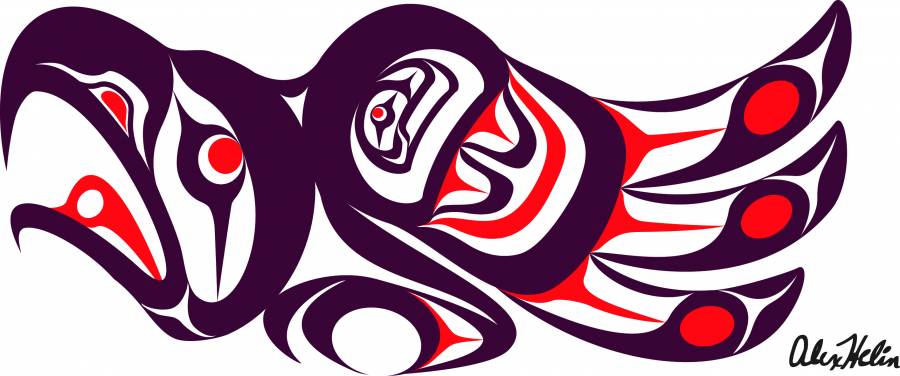
Symbol of friendship, mediator, strong, loving and free spirited. The Eagle is a symbol of power and prestige while his 'down' symbolizes peace and friendship. He is highly respected by all who share his environment. The Eagle is given by females to males, for it can represent the peace and security she feels having him in her life. The friendship that they share, the protection she feels, and how proud she feels that he is her man. Men will give an Eagle to her for she is, to quote a popular song, "the wind beneath his wings".
Hummingbird (k'aalgmgaws)
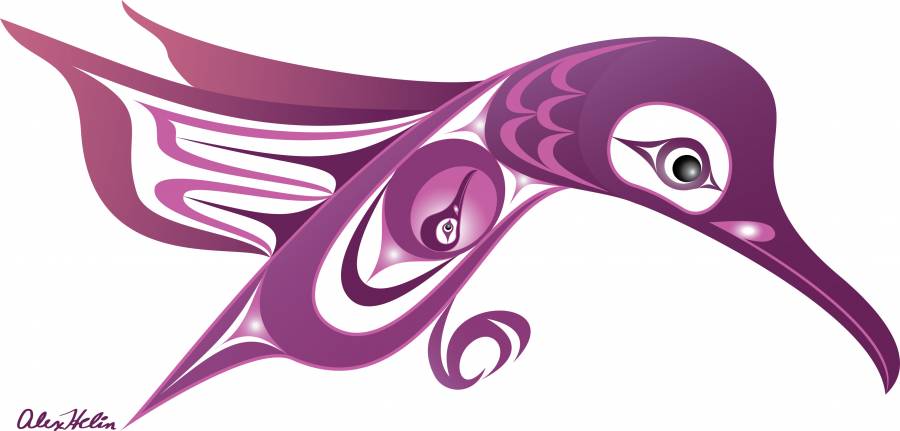
The Tsimshian believe the Hummingbird to be a joyful messenger and mysterious traveler. He symbolizes the fragility of nature and all living things. This symbol is often used in gifts between lovers, for wedding rings, on a bracelet or any piece of jewelry - it says you are wished joy, healing and love. The Hummingbird tells the receiver they bring joy to the giver's life. He is also Gentle spirit, a messenger of love, and musically inclined.
Killer Whale ('neexl)
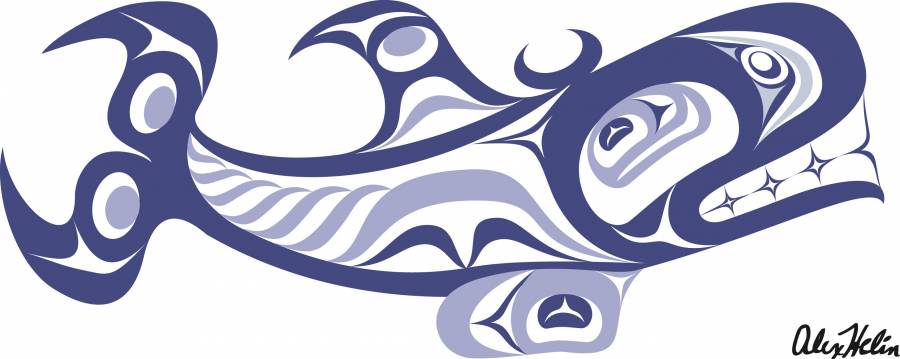
The Killer whale is the subject of much fantasy and superstition. Legends encourage living in harmony with these mammals. The Killer whale is given to show respect and awe. It's the symbol you'd give to someone who brings harmony to your life. He is also Solitary, musical, kind and gentle. The whales tail symbolizes strength and progression.
Bear (amaaw)
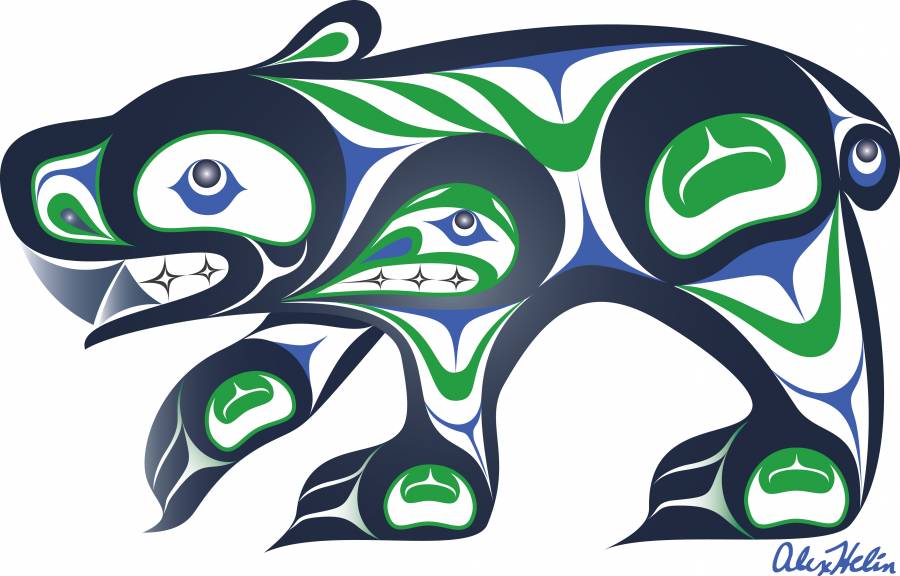
Nature lover, protector, strong but mellow. Master of the forest-always disappearing in the winter, changing into his spirit body to allow his earthly body to revitalize, so mythology says. There are many legends and superstitions represented by the bear. Because of its power and humanlike qualities, the bear was referred to as 'Elder Kinsman'. When killed, it was taken to the Chiefs house, sprinkled with eagle down (a symbol of welcome and friendship), and generally treated as a high ranking guest. The Bear Is a symbol of friendship and is often used on jewelry to express this. As a Bear revitalizes his body and spirit, a good friend does this for us.
Wolf (gibaaw)
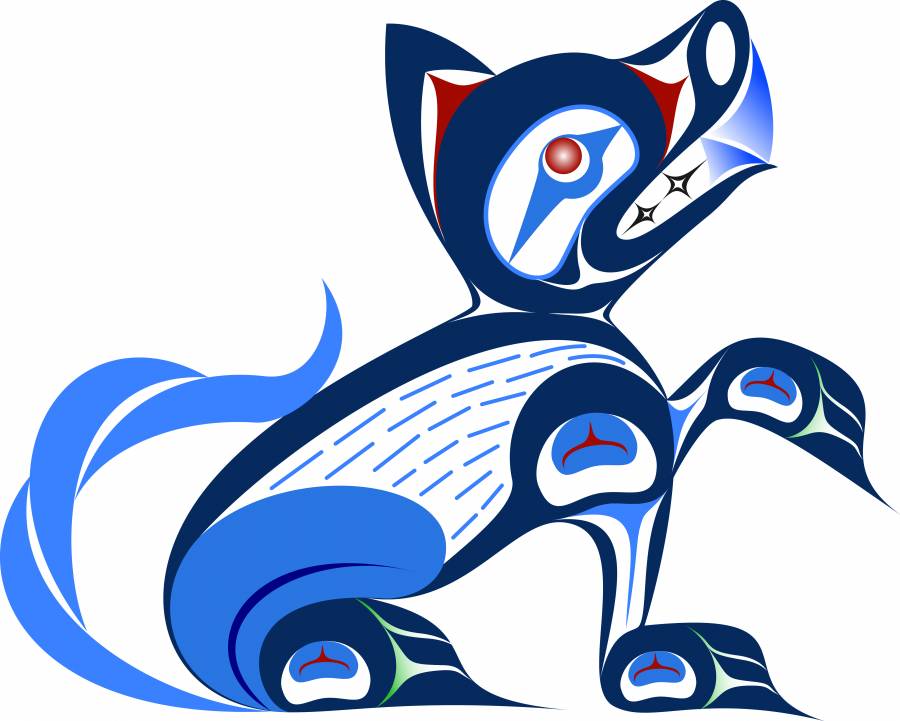
Prowler of the night, traveling in packs to keep strong, supporting each other. Because of his hunting skills, many natives tried to assume the spirit of the wolf to enhance their own hunting prowess and senses for the wilderness. Some legends say that the wolf is the land equivalent of the Killer whale because of the parallels between the species' social structures - traveling in packs and stalking prey. The Wolf is given to show respect, it symbolizes supporting one another as within a relationship or a family. We think this makes a great gift for a mother or father who has held the family together. Wolf also has strong Family spirit, loving, kind and well organized, and has storyteller traits.
Salmon (hon)
Often referred to as "Salmon People". The Salmon's life cycle was highly respected, and if observed, prosperity followed. A vital Indian food resource, many legends tell of its beginning, usually as a product of the work of the Raven. The Salmon is given to those you respect. It wishes prosperity to the receiver.
Dolphin (dziiaw)
Or Porpoise - Joyful, playful traveler, sensitive spirit, and nurse like qualities.
Frog (ganaw)
Wise, patient and well spoken.The Frog is the voice of the people, especially in our family. He strives for family unity, is one who teaches by example and is sometimes a symbol of innocence. The frog is more 'us' and 'we' and less 'I'.
Beaver (sts'ool)
Symbol of a carver. Tsimshian legend of the origin of Beaver-a brown haired woman dammed a small dream to swim in. As she swam, her leather apron slapped the water. The stream grew to form a lake and the woman, refusing to return to her unkind husband, developed fur all over her body. Her apron turned into a tail and her large front teeth grew even larger from continuous chewing of trees and branches.
Otter (ploon)
Fun loving, ambitious, kind giving and creative. Otter has a sense of humor and enjoys fun and games. He is carefree and brightens gloomy days. In Tsimshian mythology this happy fellow never takes anything seriously. Some of his pranks backfired on him - not everyone can take a joke. Legends attribute to him the power to transform people into animals. The Otter is a symbol you'd give to someone who brightens your days, for the life of the party, or for that happy person who spreads joy wherever they go.
Owl (gwitgwiniiwks)
"I heard the Owl call my name" - stories speak of the owl coming to prophesy the transition from life to the spirit World. His visions are feared because of apprehension about the after life. What really happens after we die? The Tsimshian shaman said that the owl could cause death just by flying over a person. The shamans were experts at evoking fear. Today the Owl has other meanings, as one who can see in the dark or one who brings a new spiritual wise ness to you - the 'wise owl'.
Sun (gimgmdziws)
_1648787839_large.jpg)
The Sun symbol was one of the first crests used by the Northwest Coastal Indians. It symbolizes life - everything revolves around the sun. It shared its high rank with the Raven. All other crests followed. This symbol makes an excellent gift to the one who is the center of your life, who provides the warmth in which all other relationships have their birth and their meaning.
Moon (gyemgm'aatk)
Dreamer, calm spirit. The design is usually recognized by a face with no teeth.
Click here to edit content



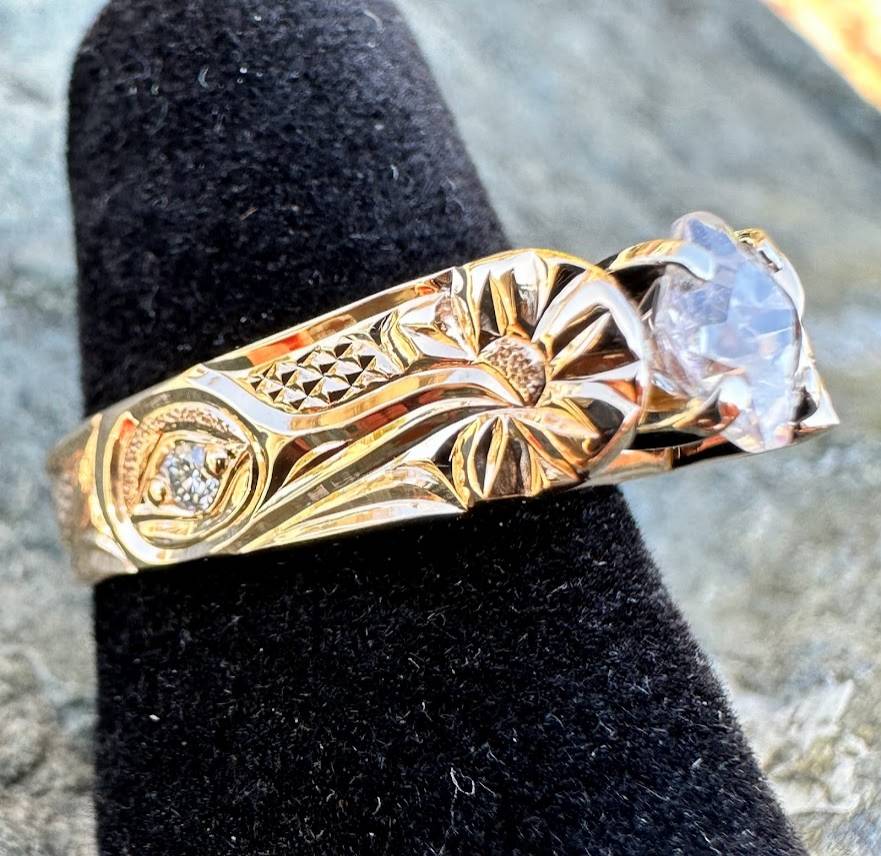


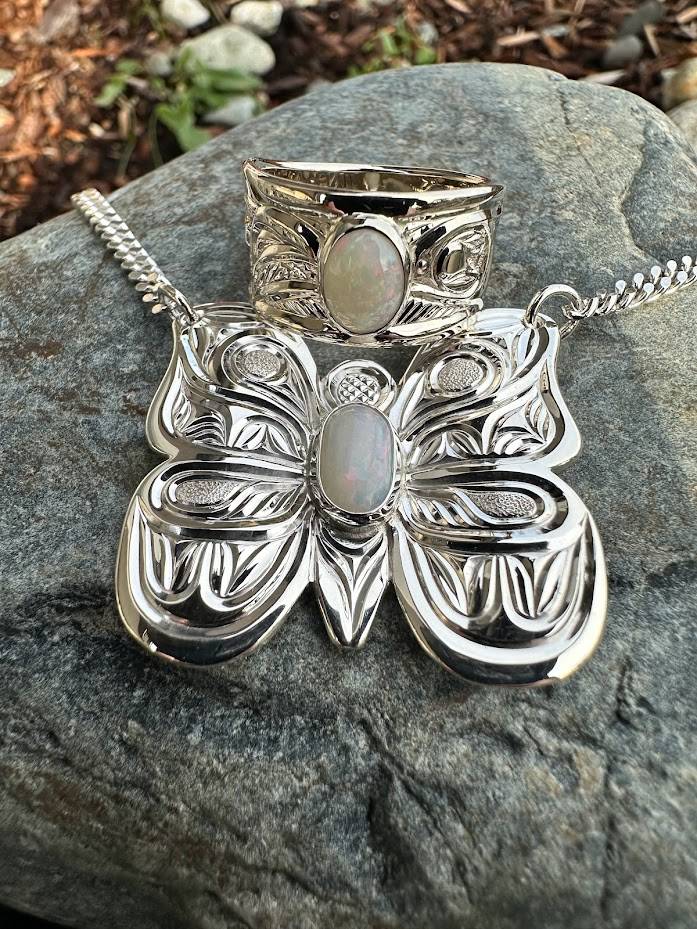
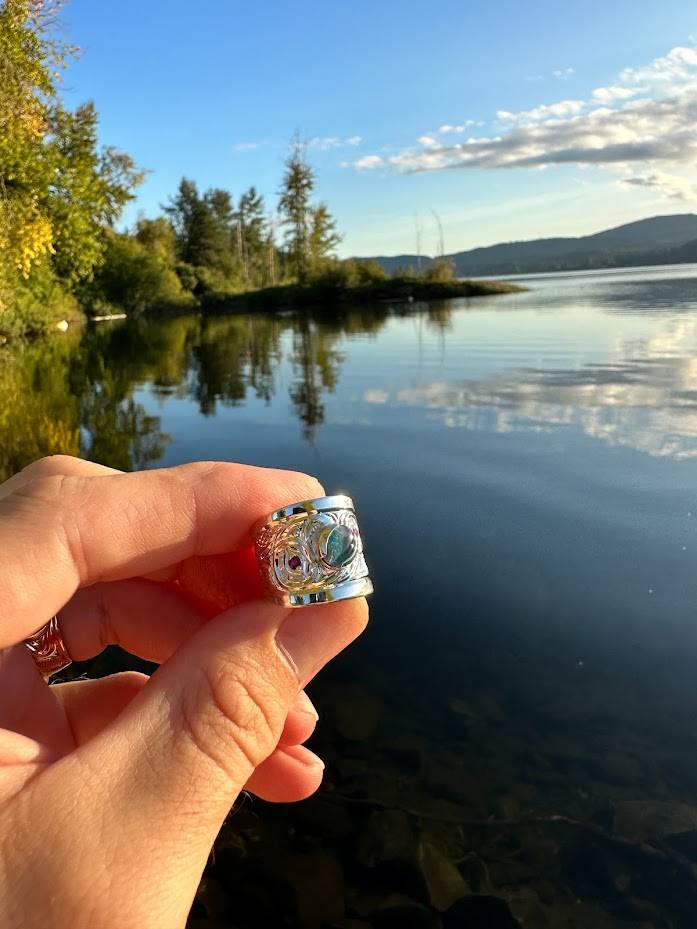
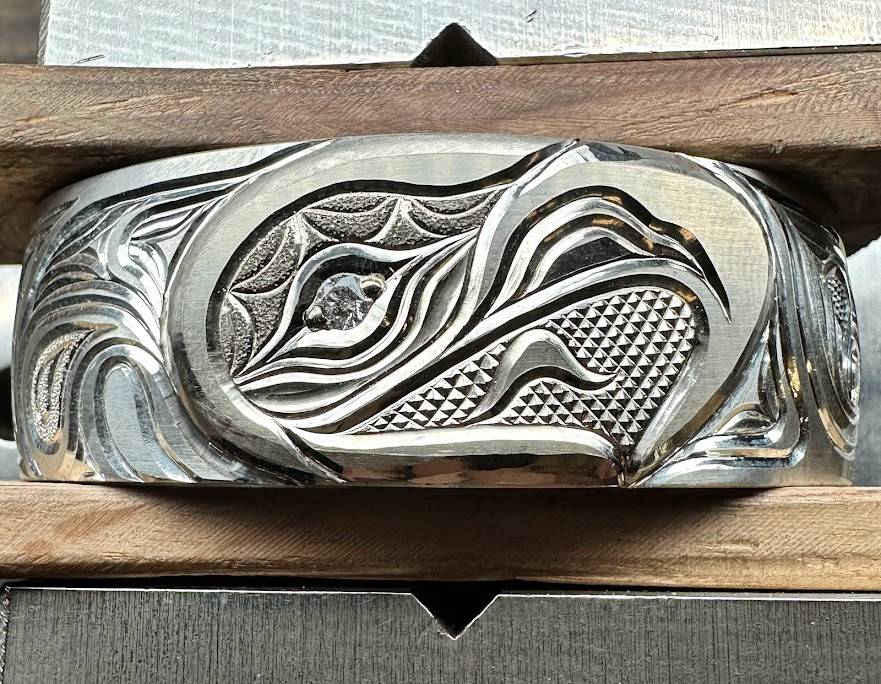
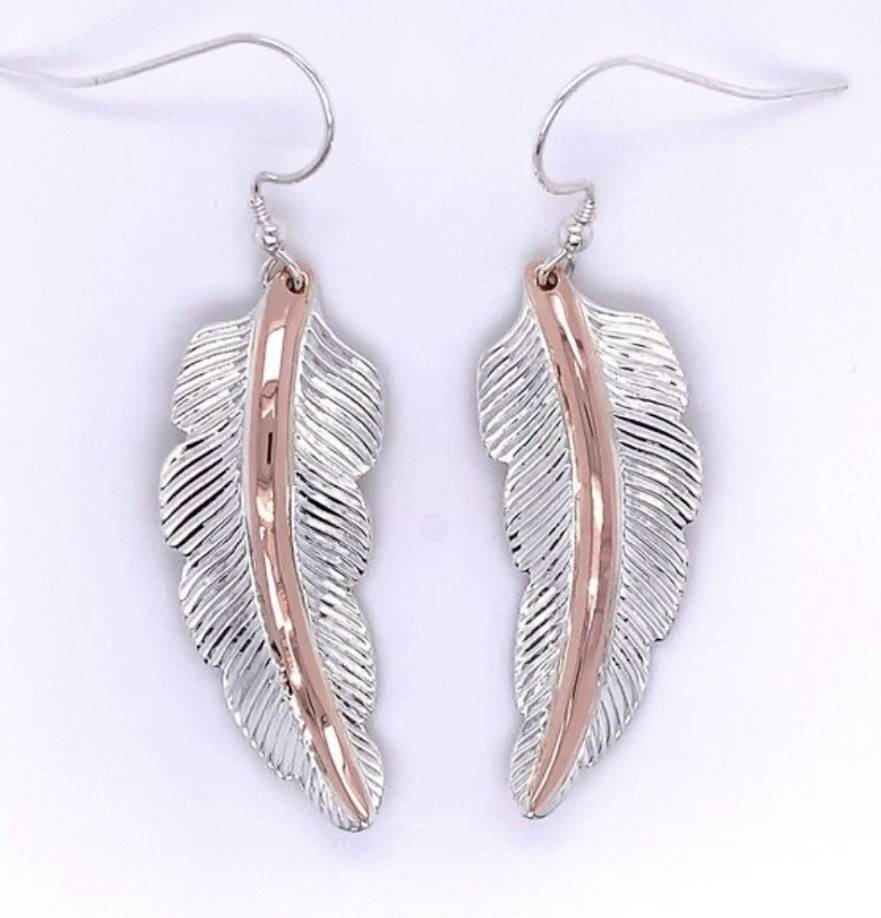

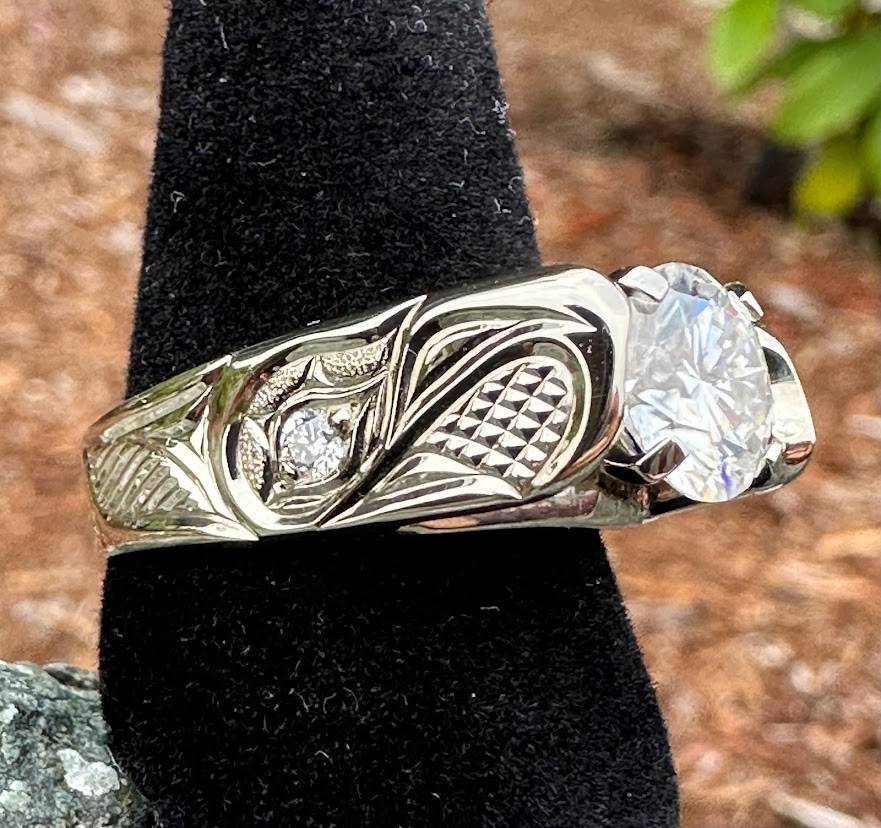
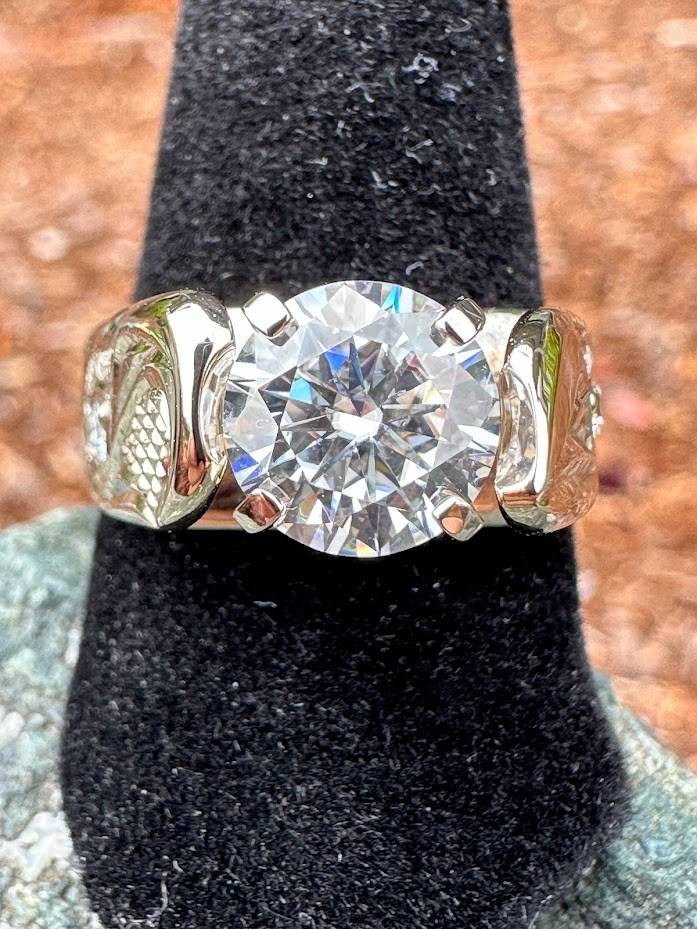

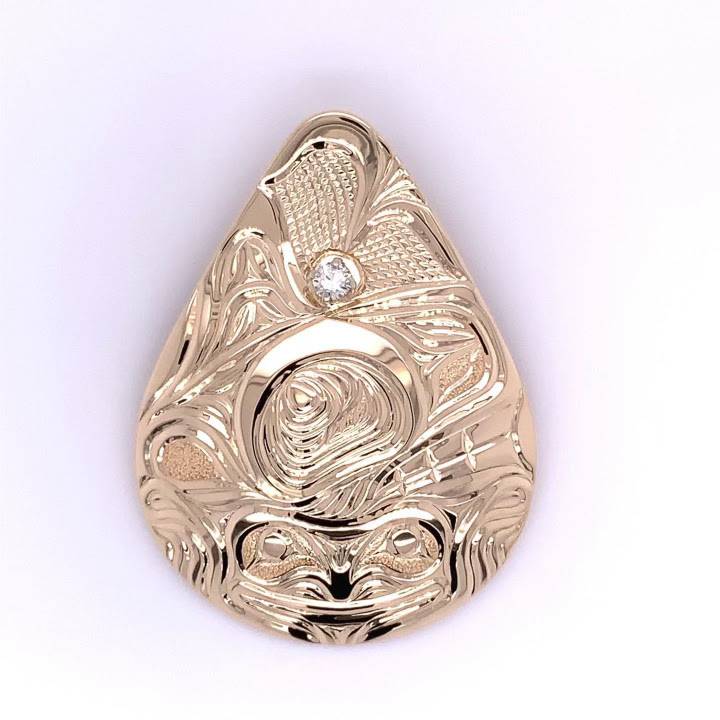


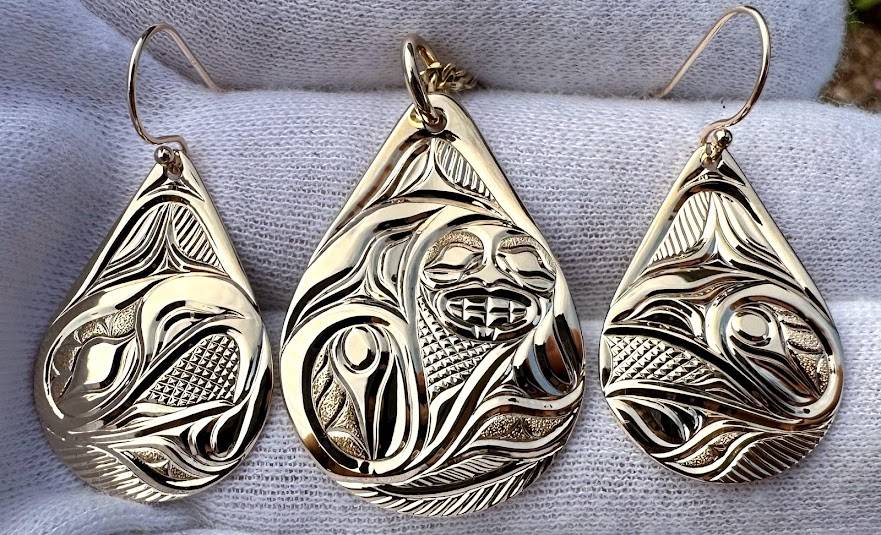
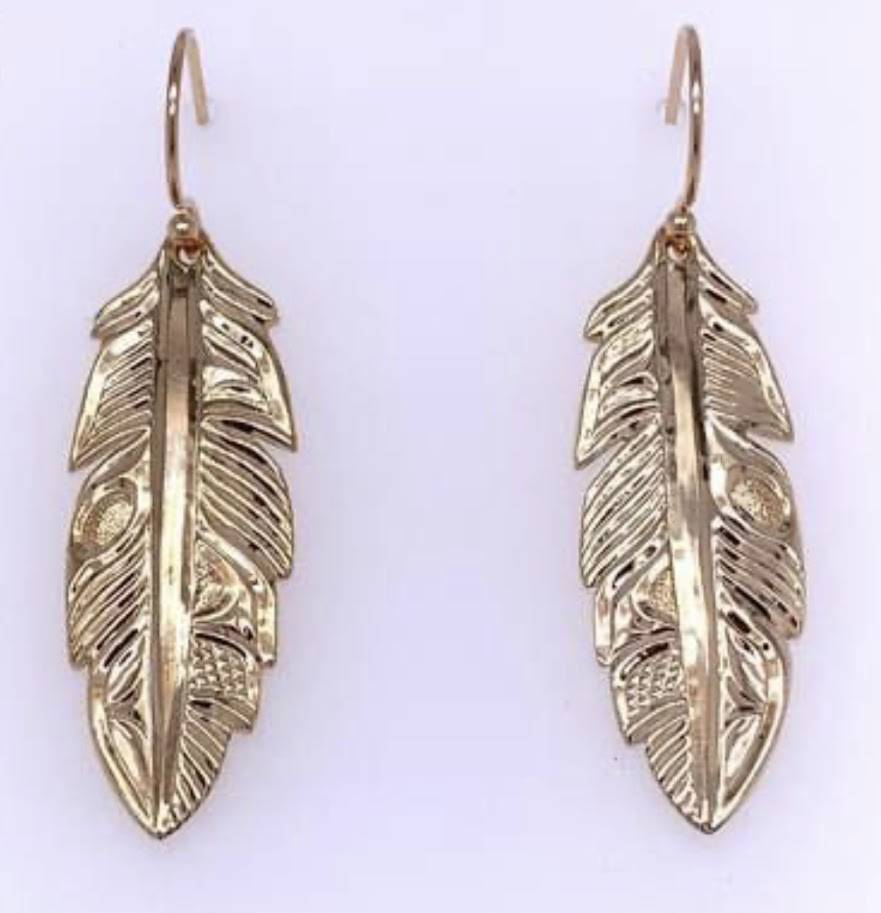

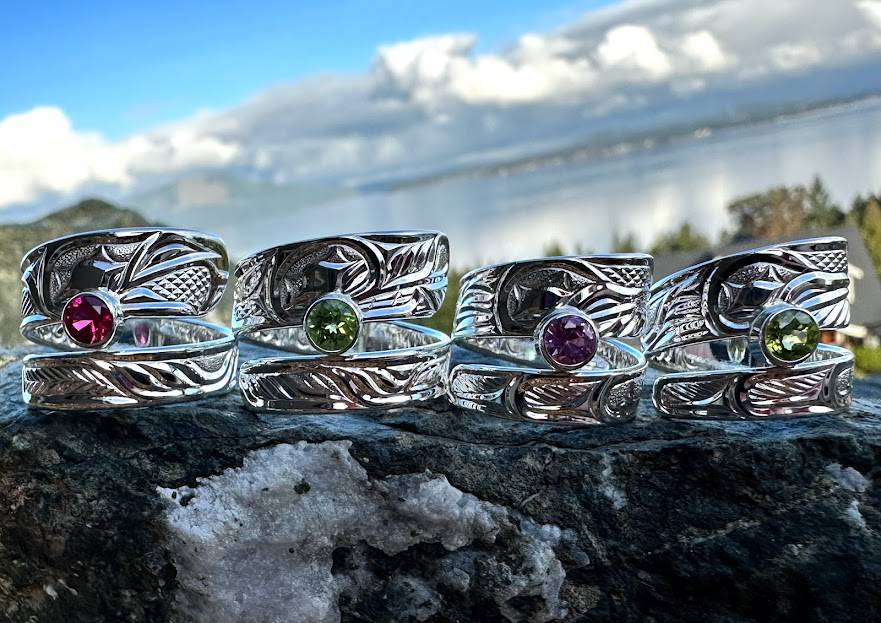

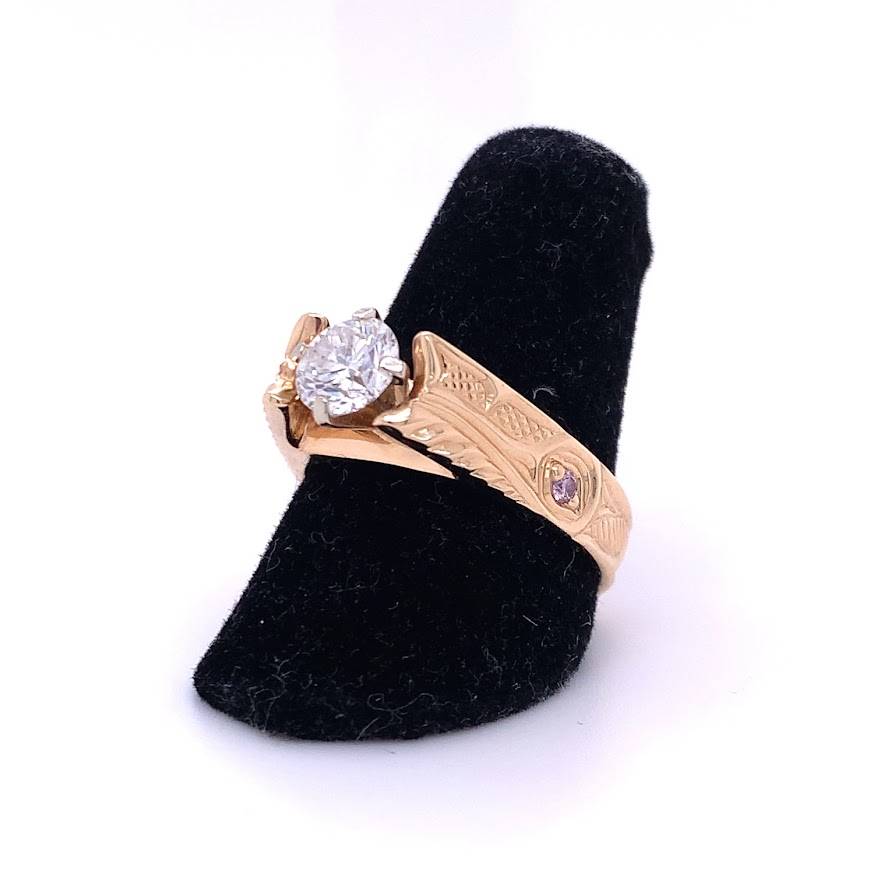

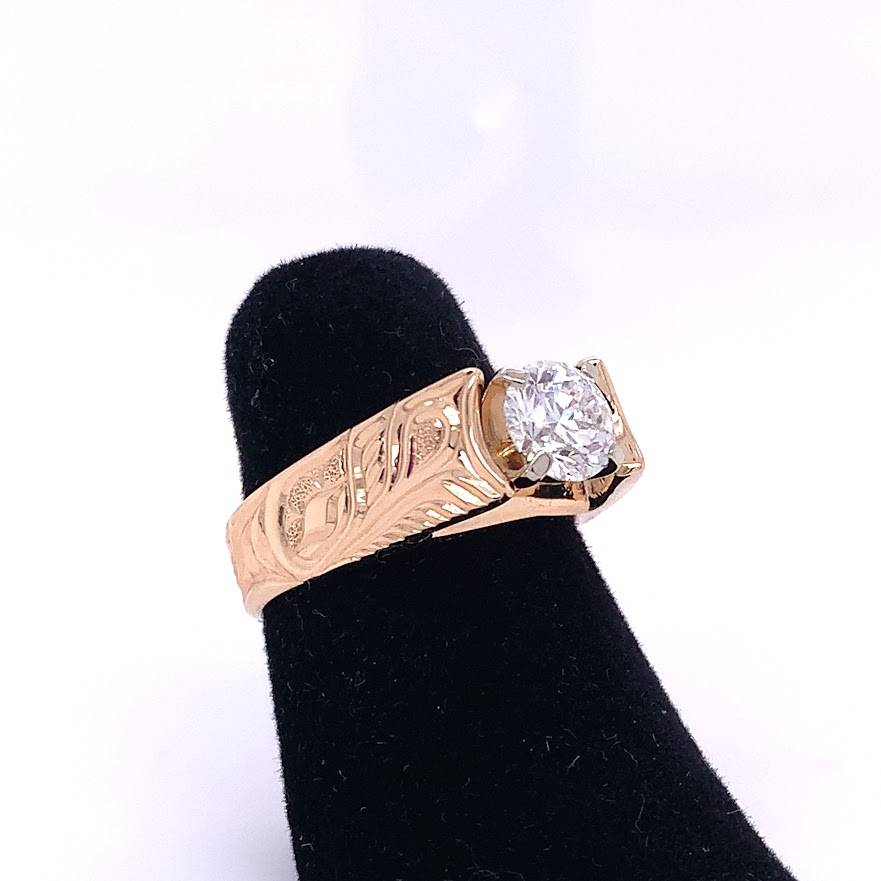
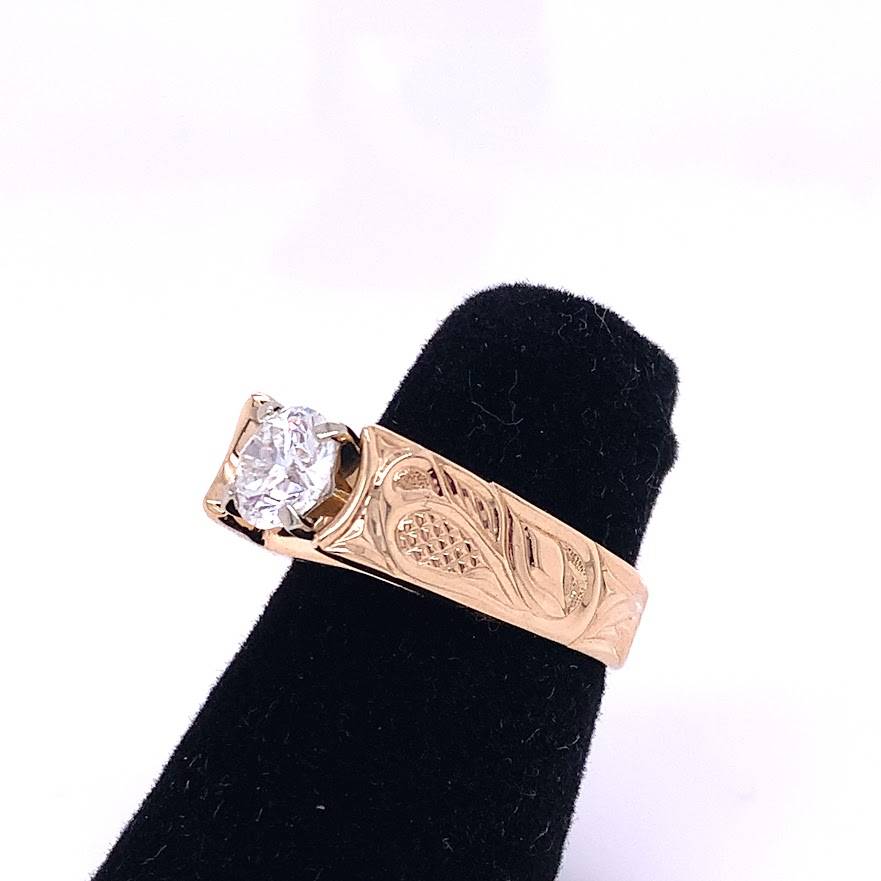
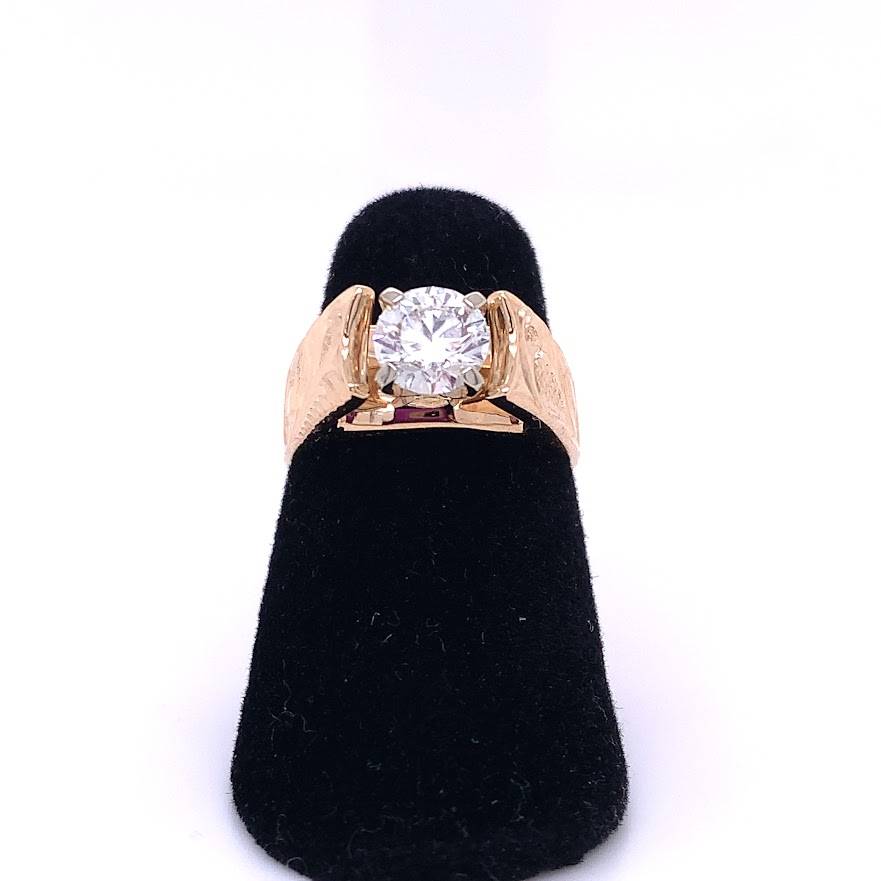

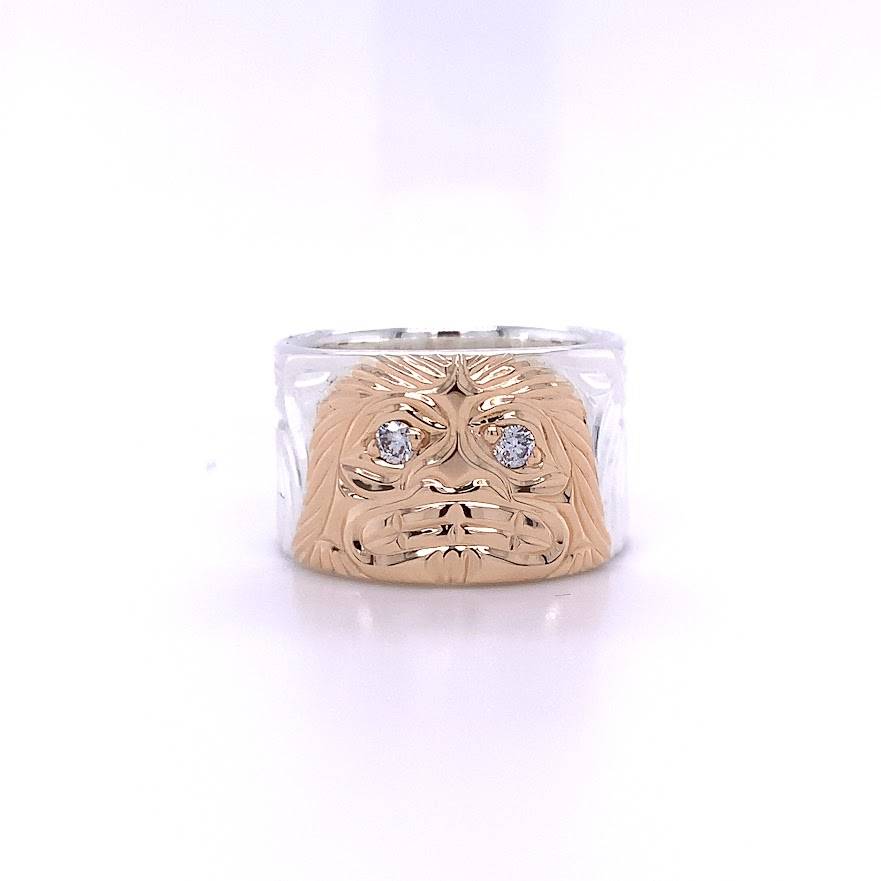
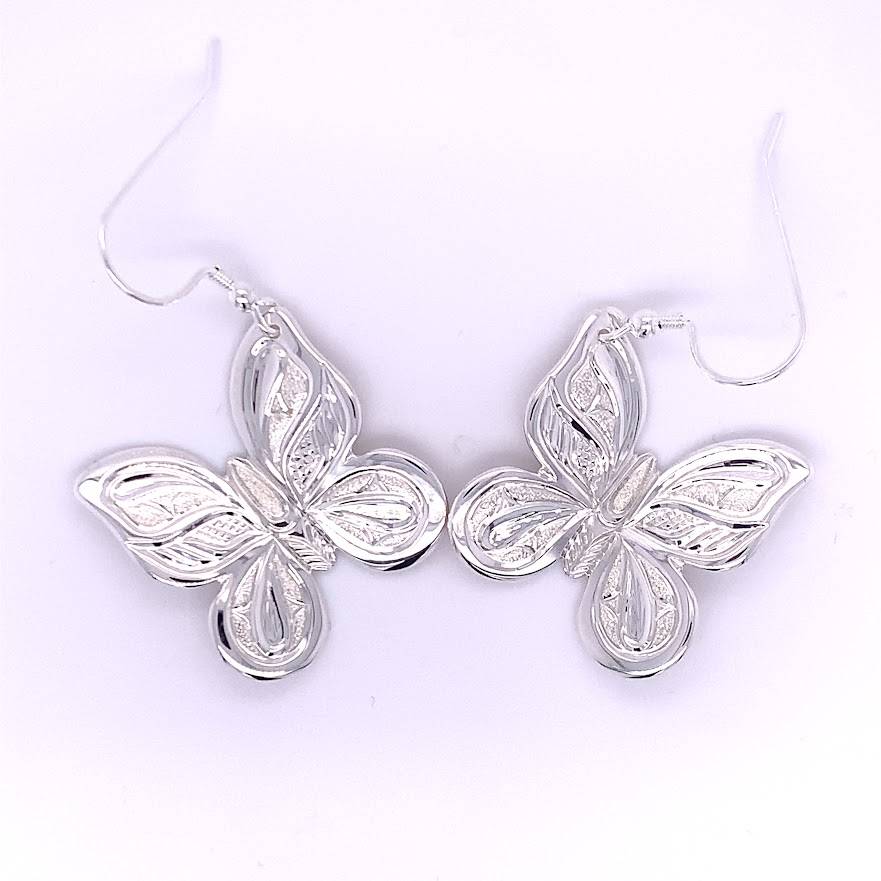


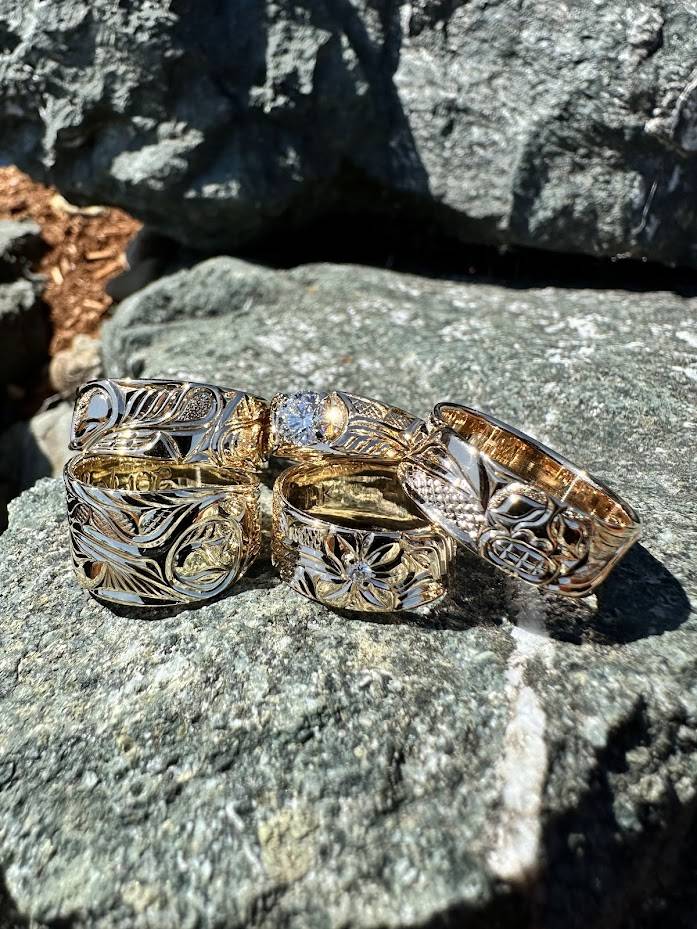
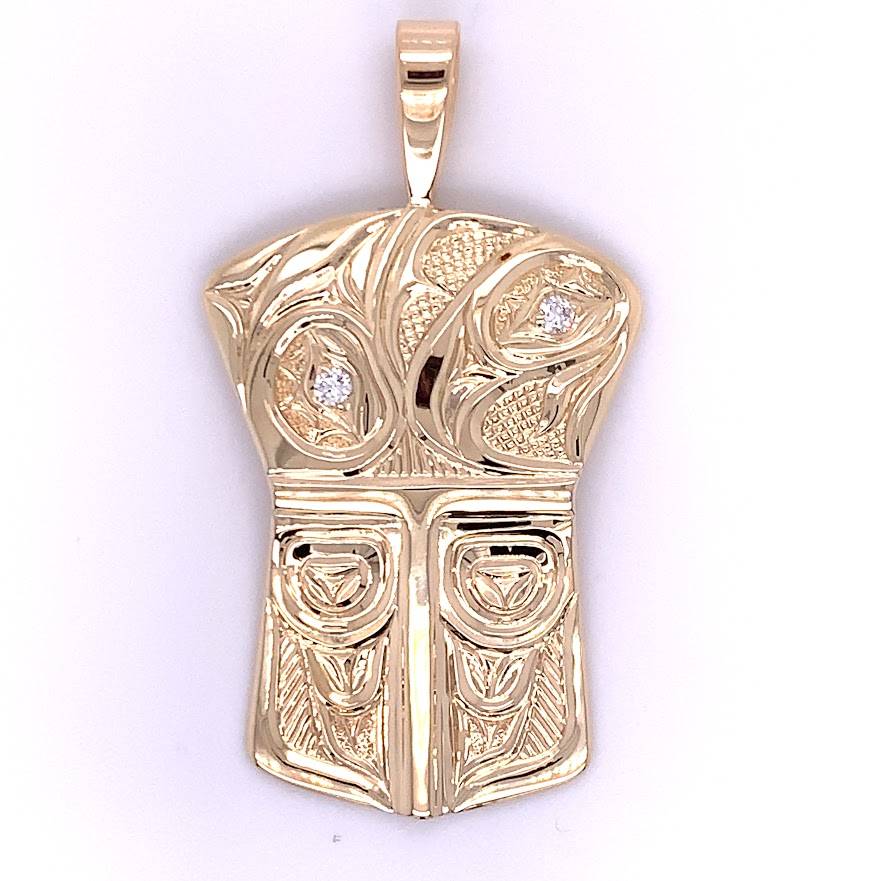

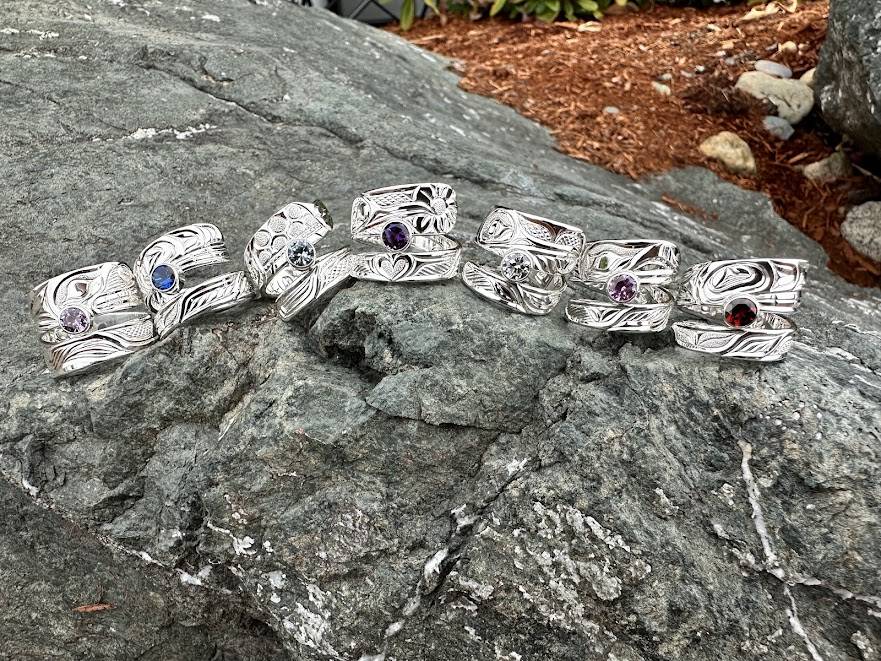
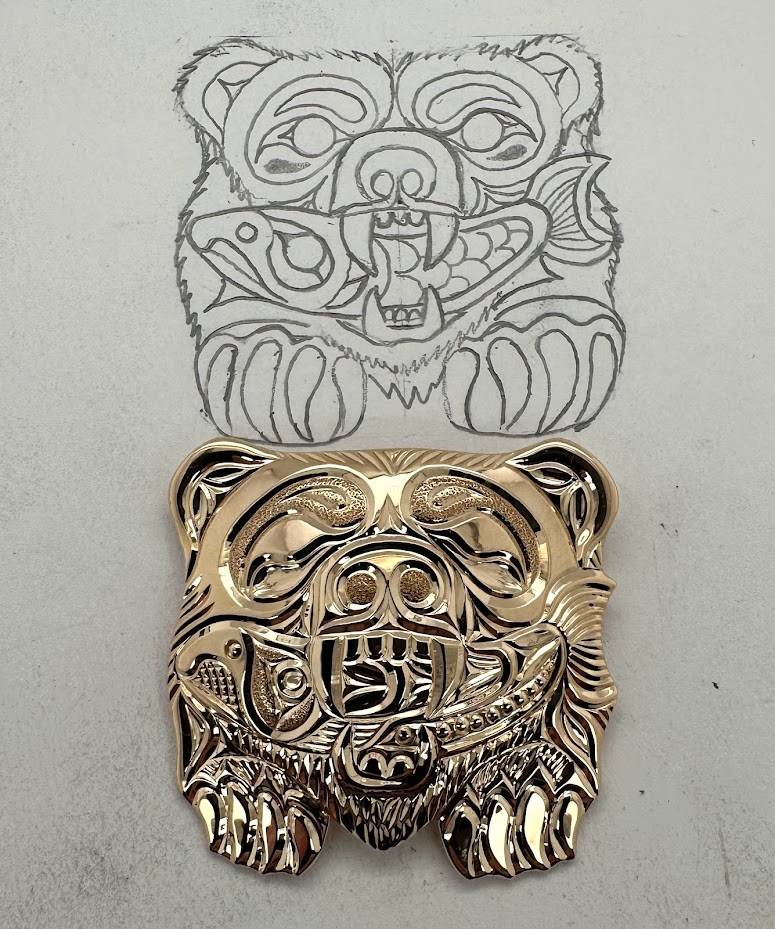
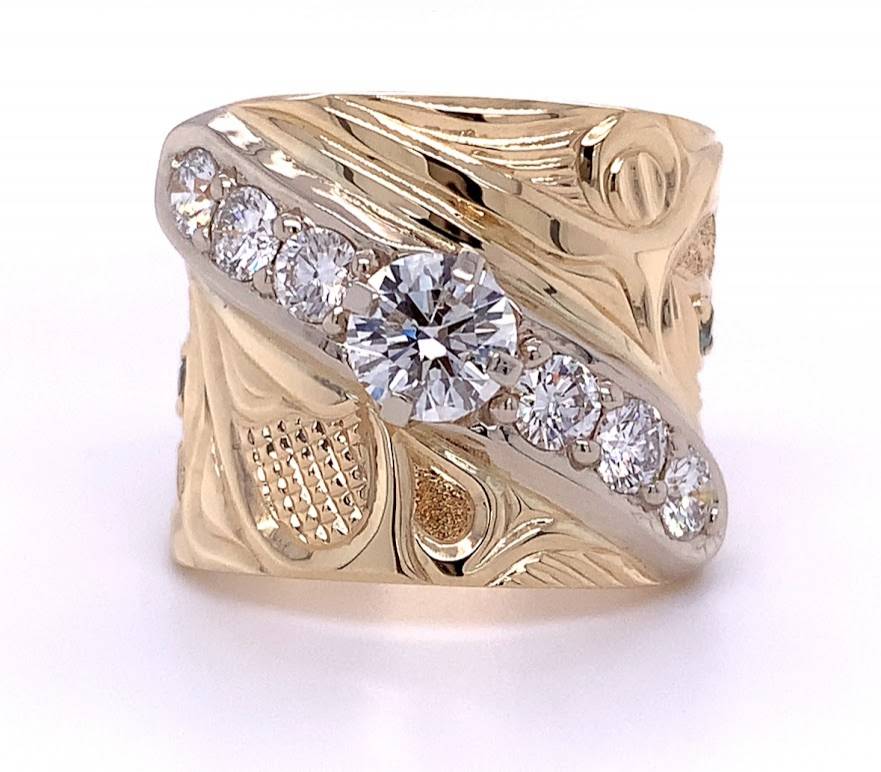
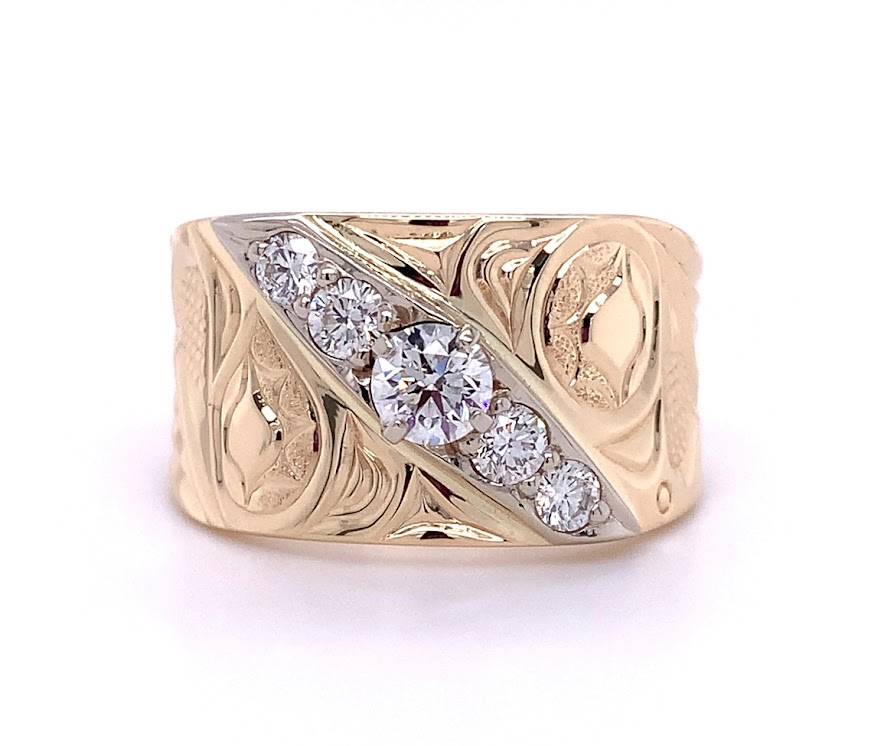
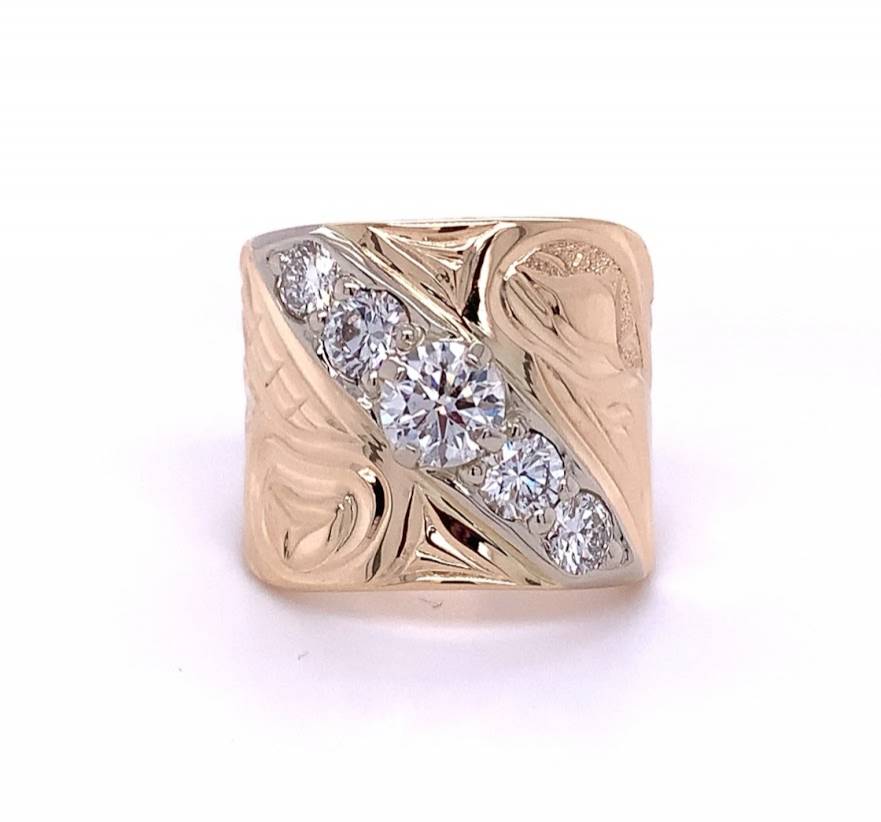
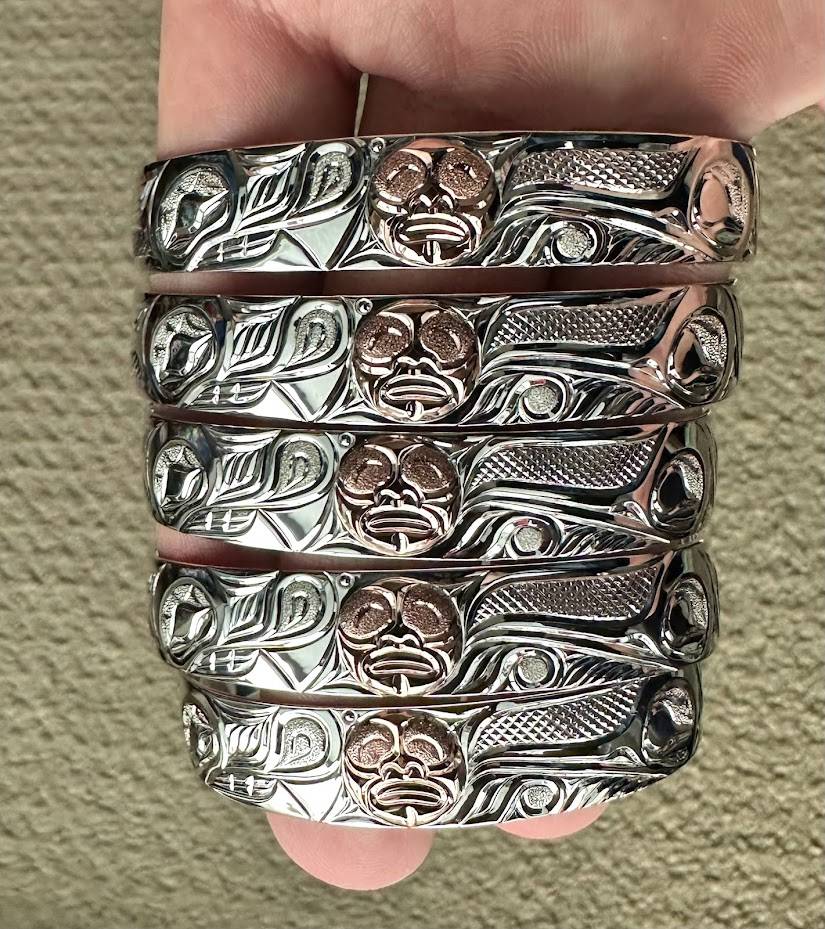
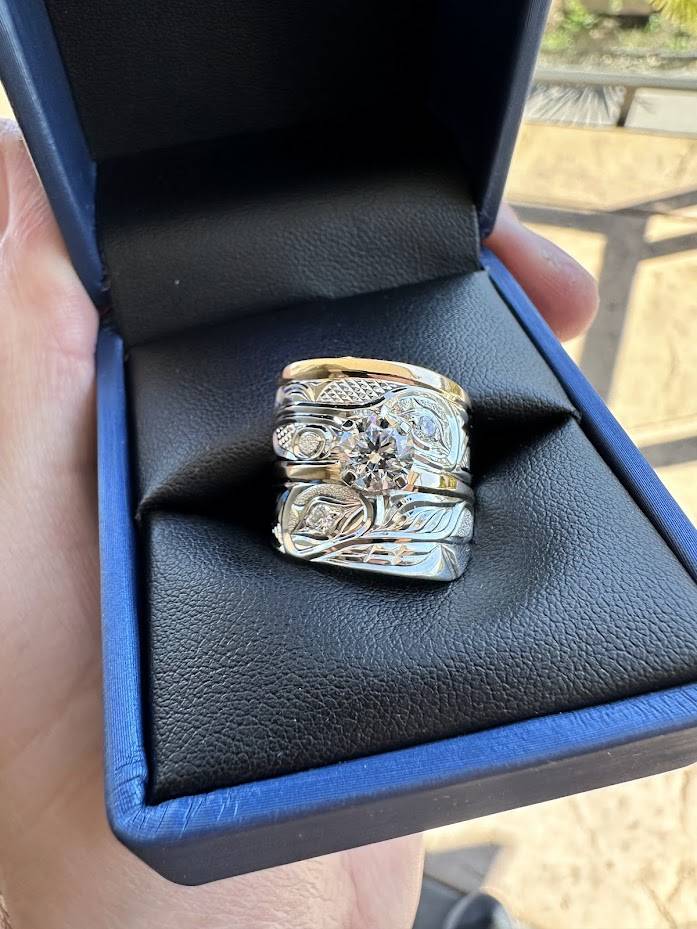
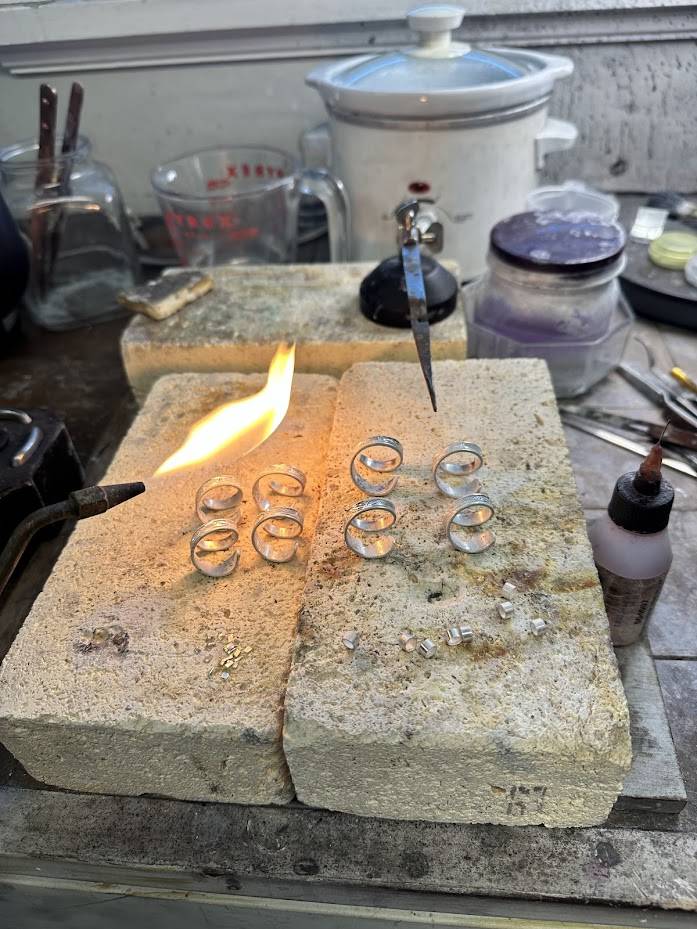
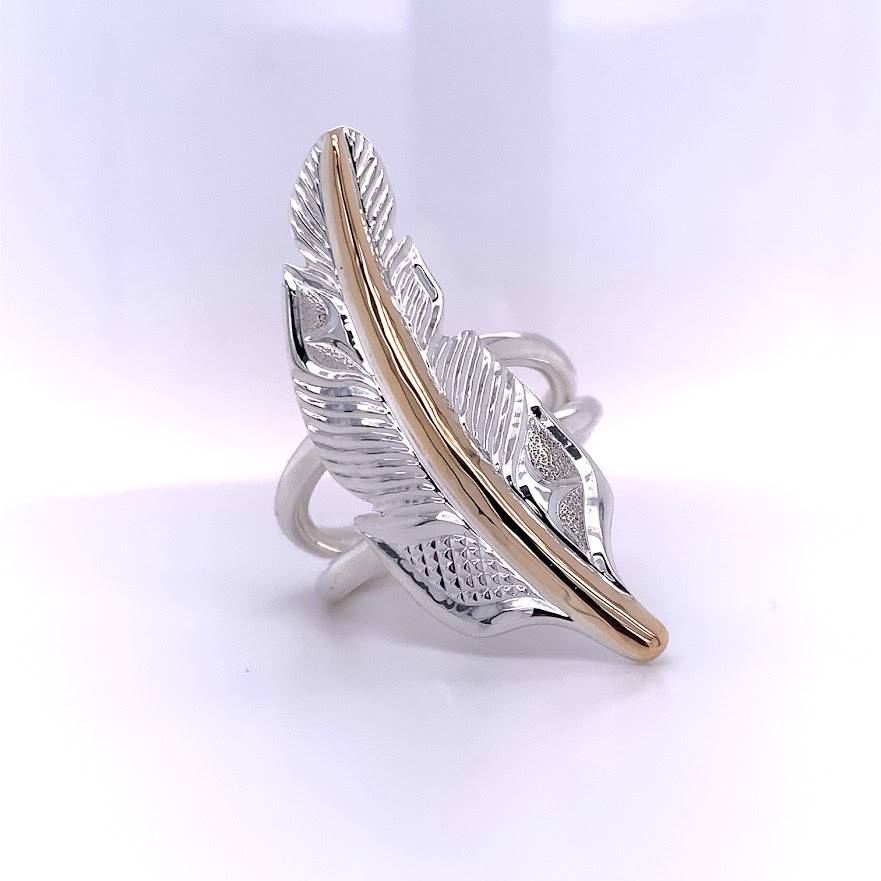
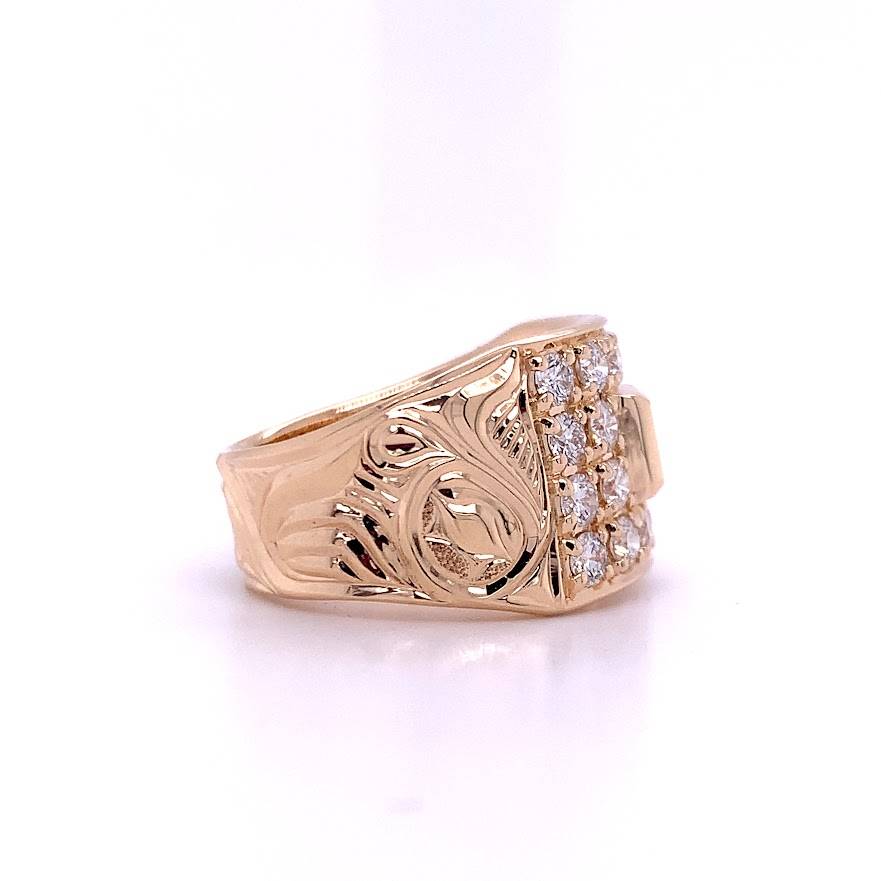

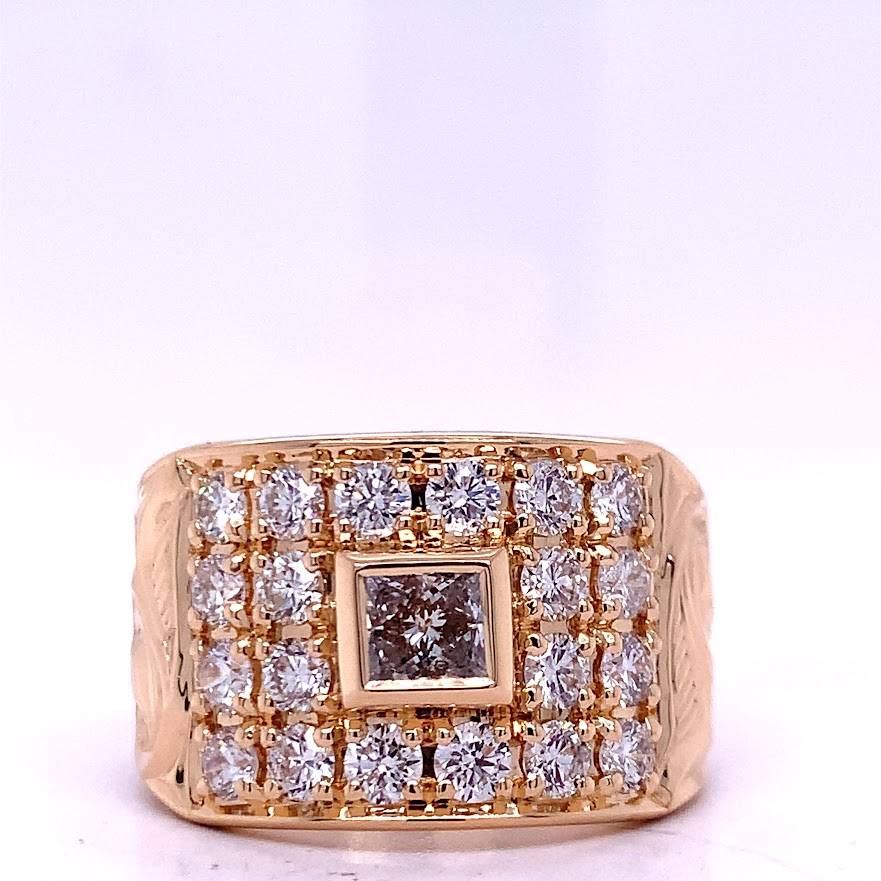
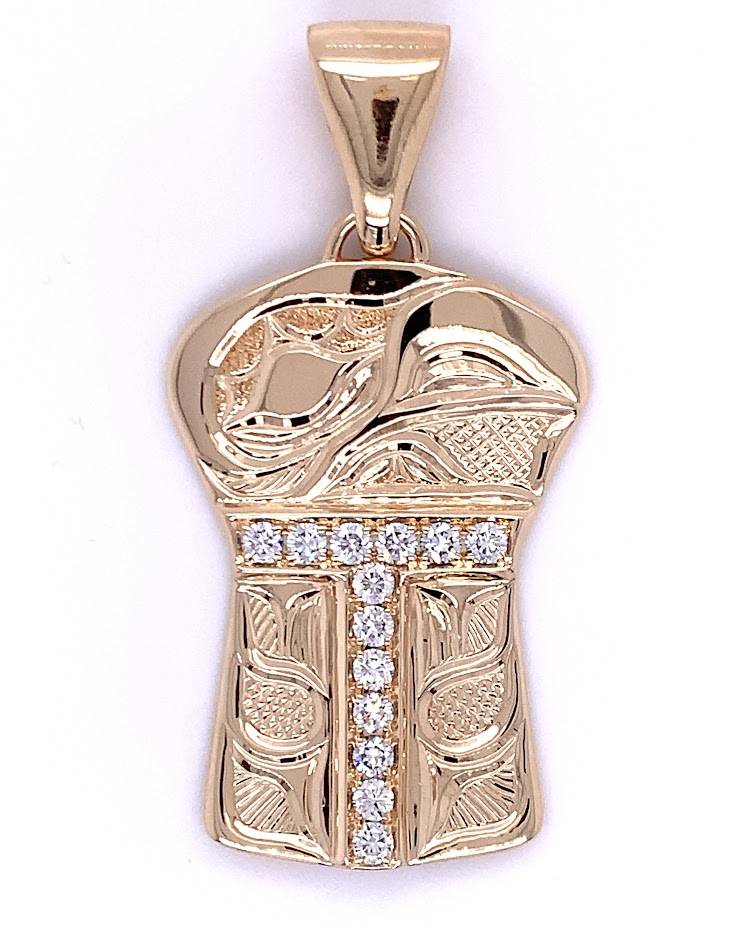
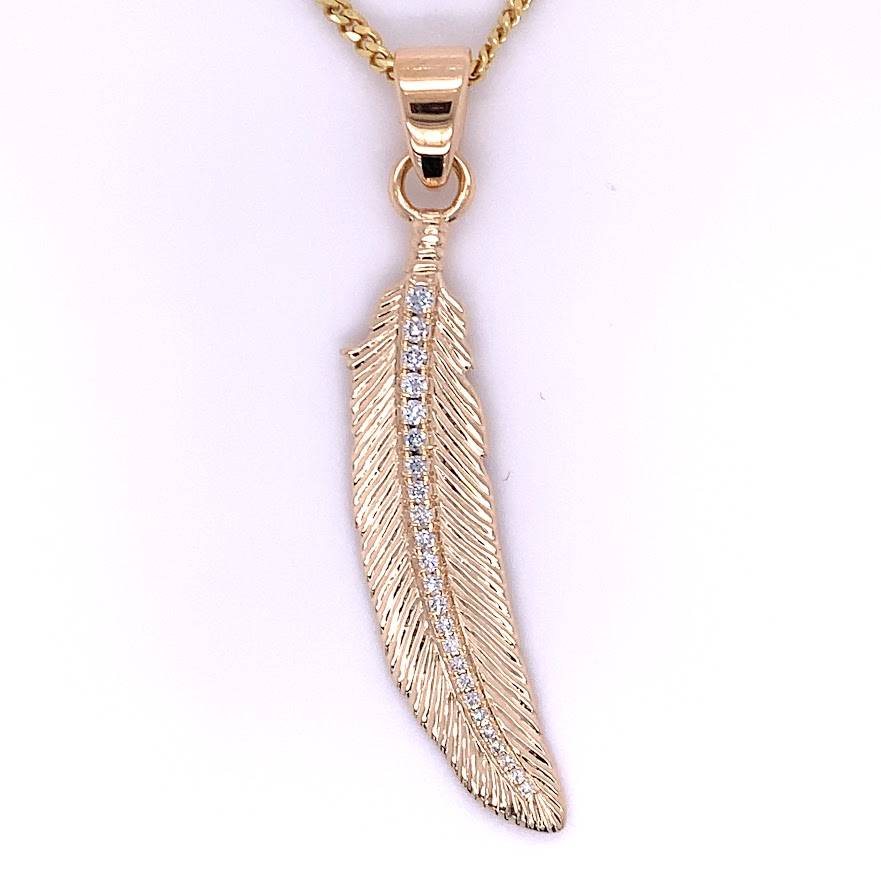
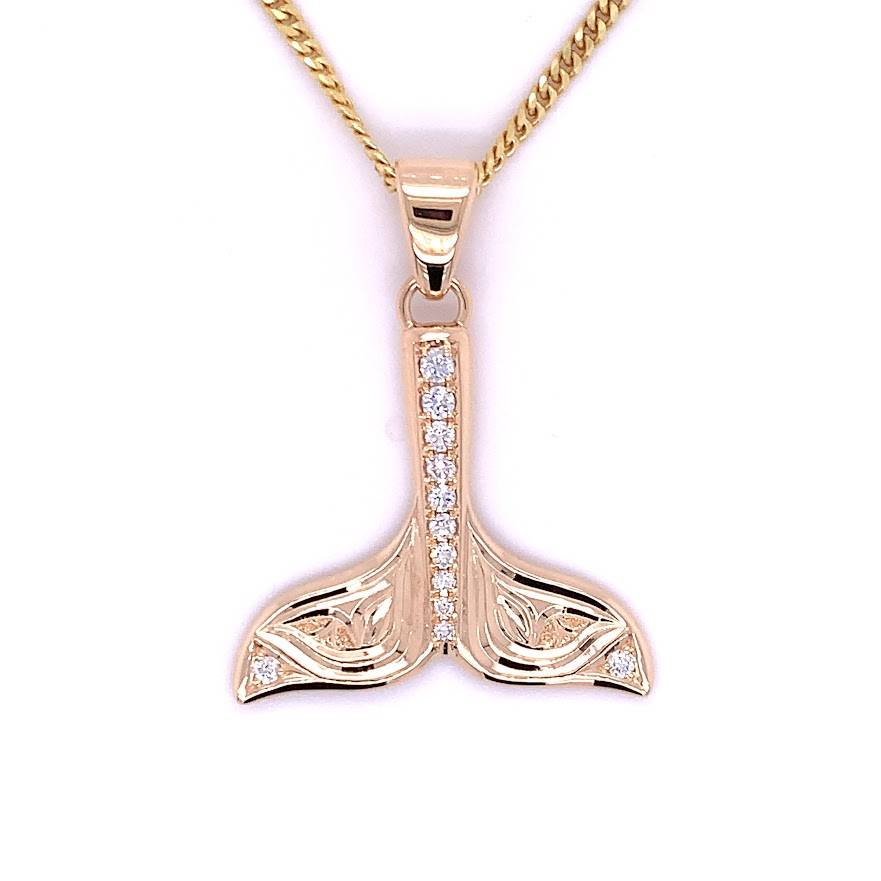
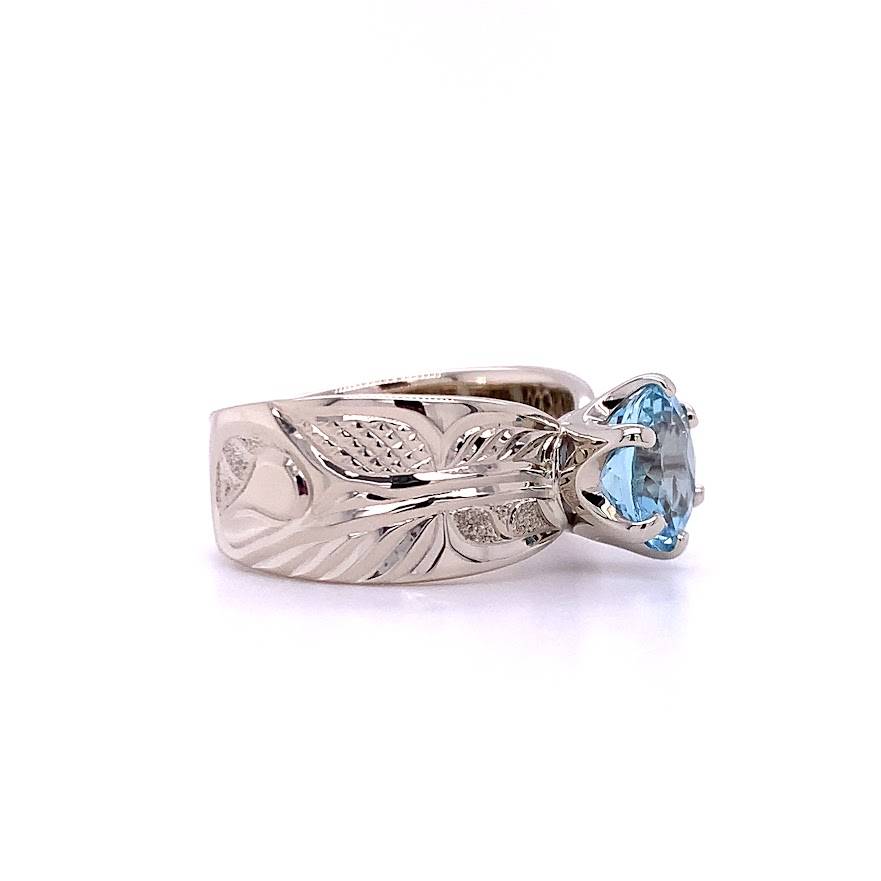
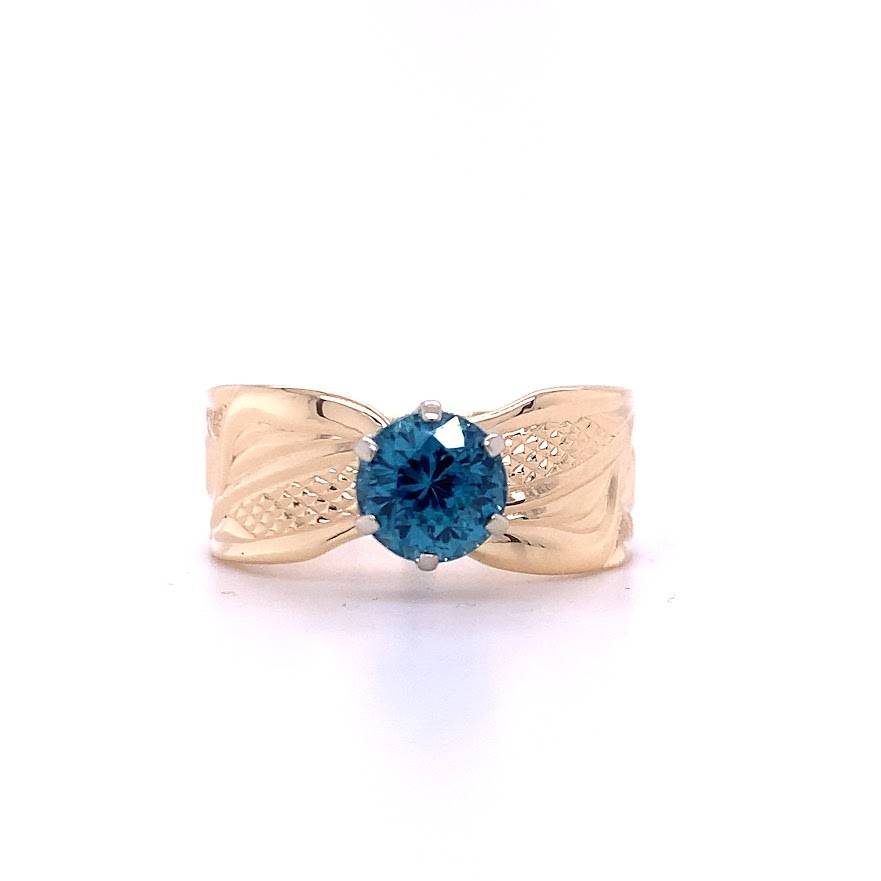
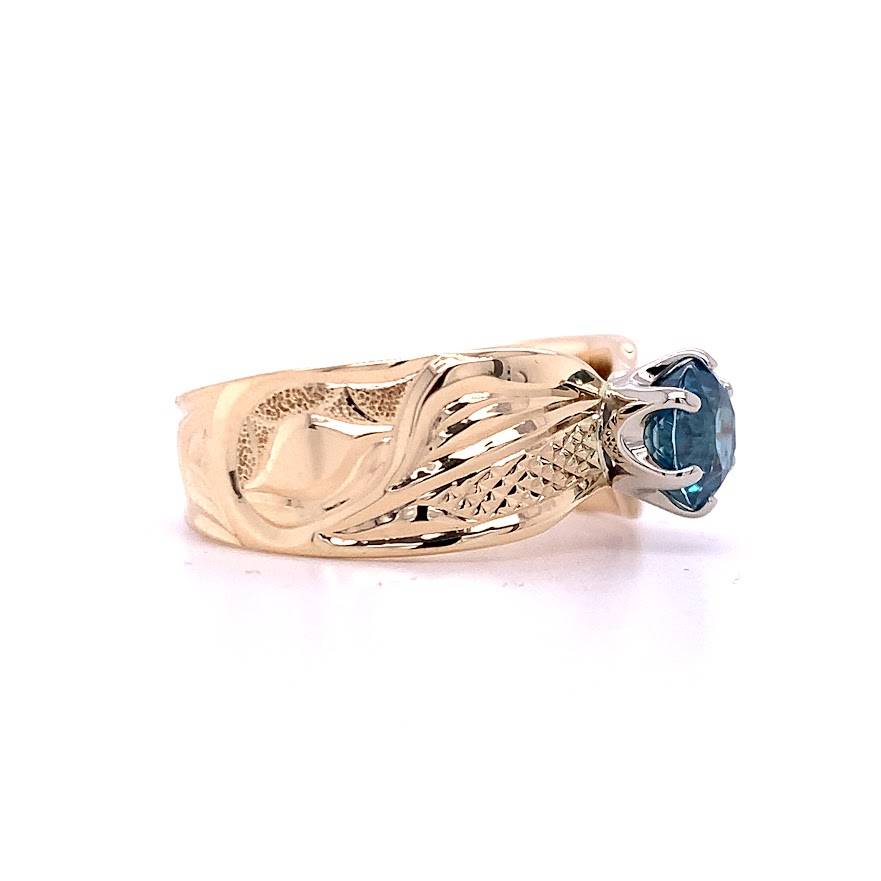
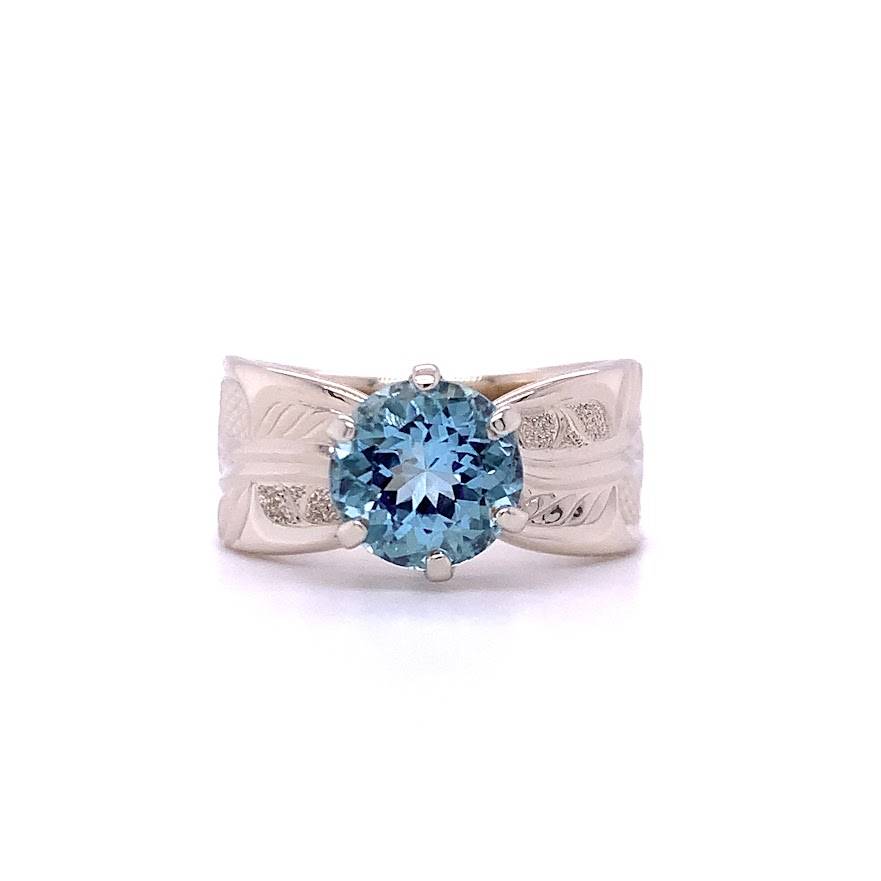
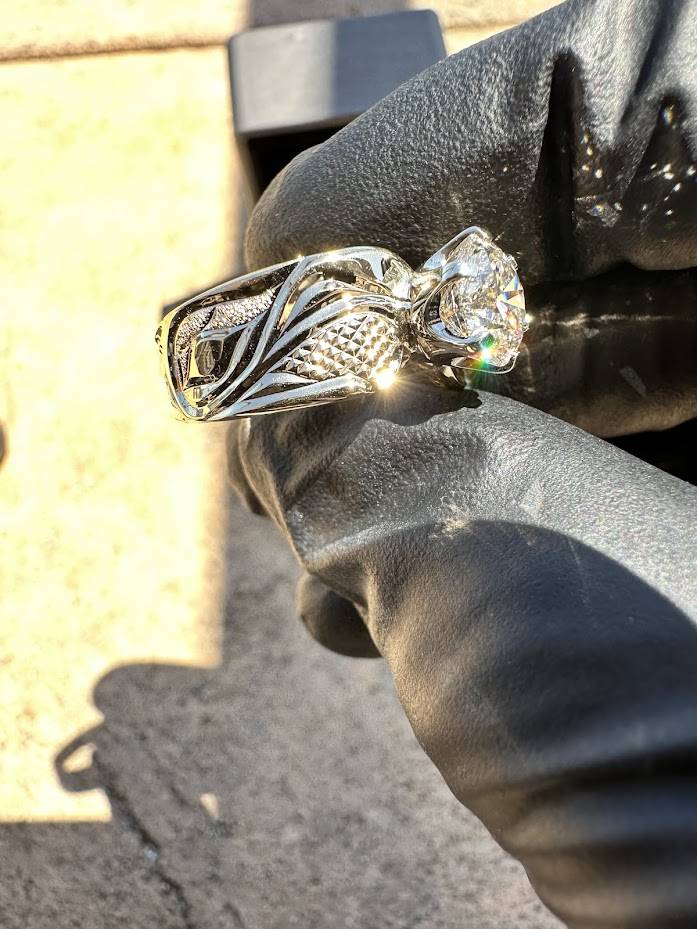

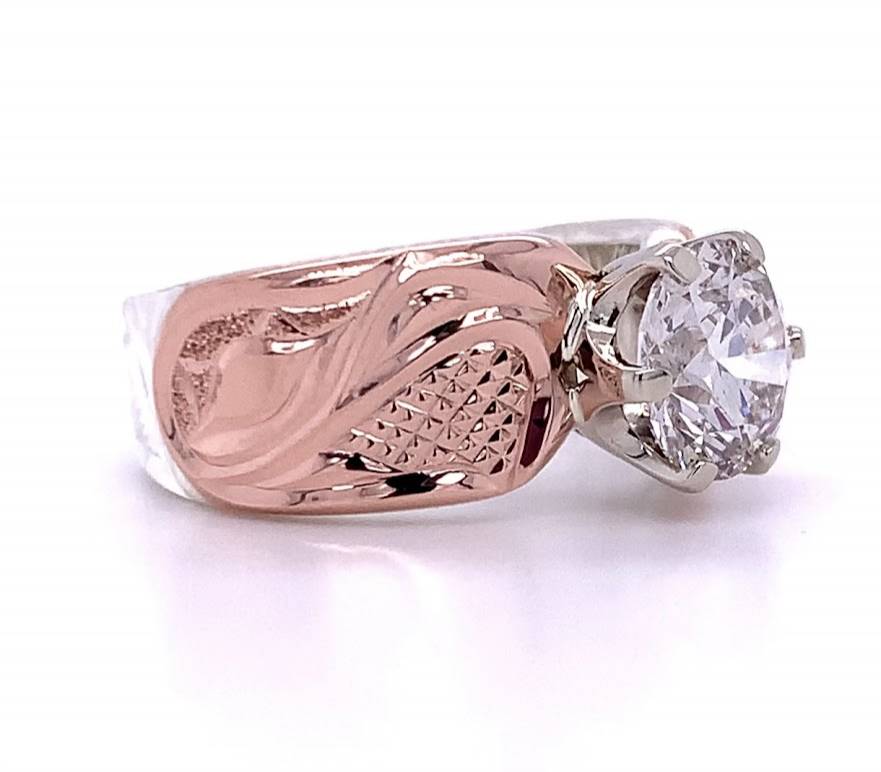
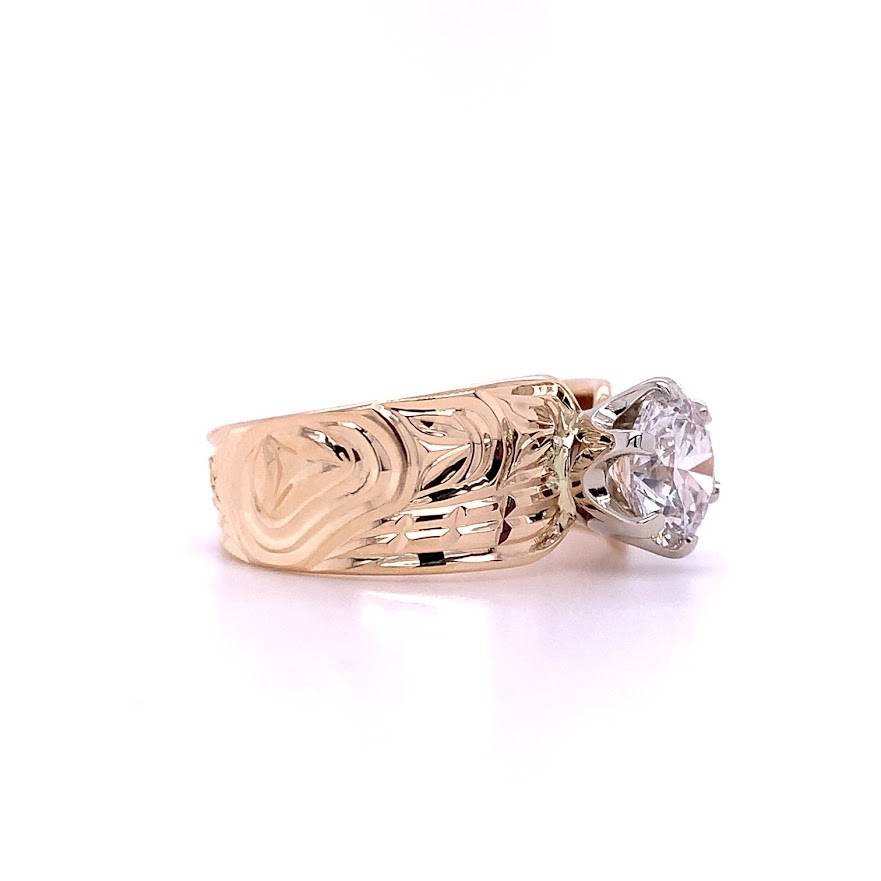
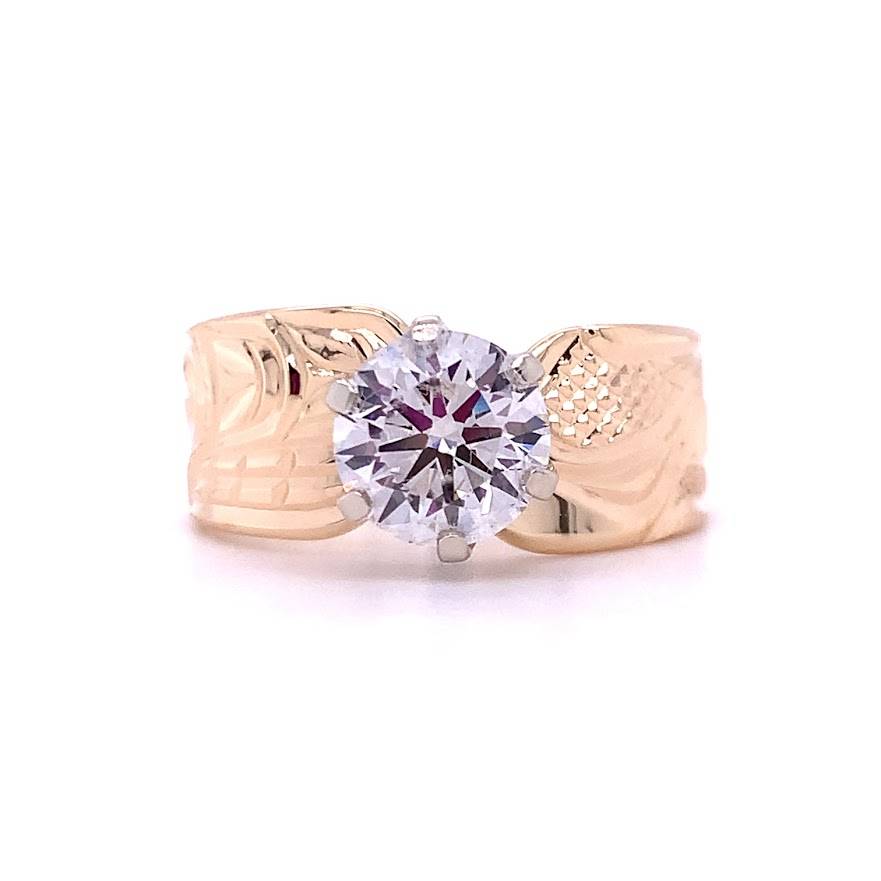



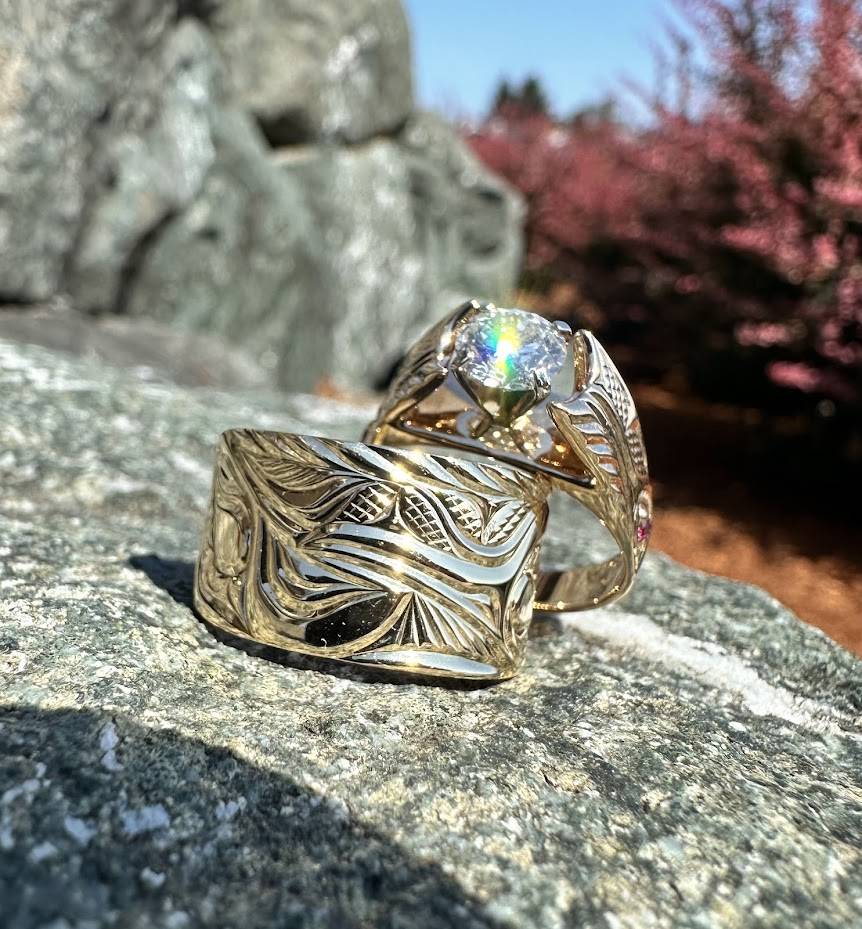

_1648787839_large.jpg)


